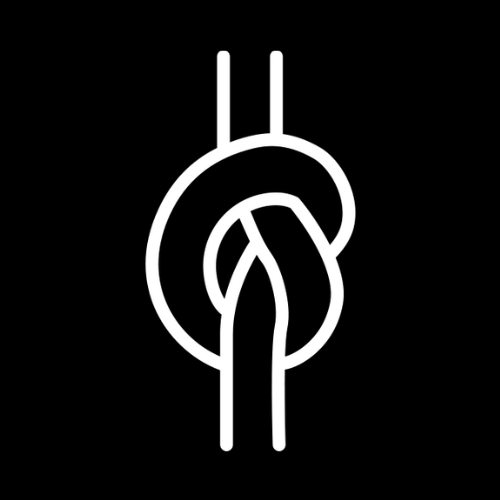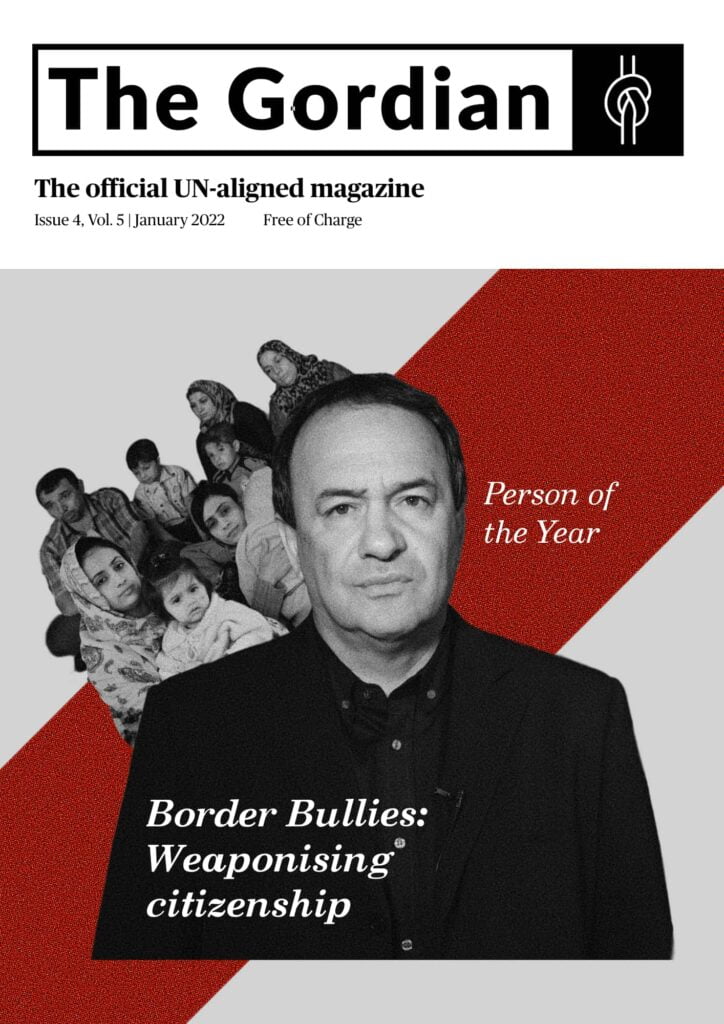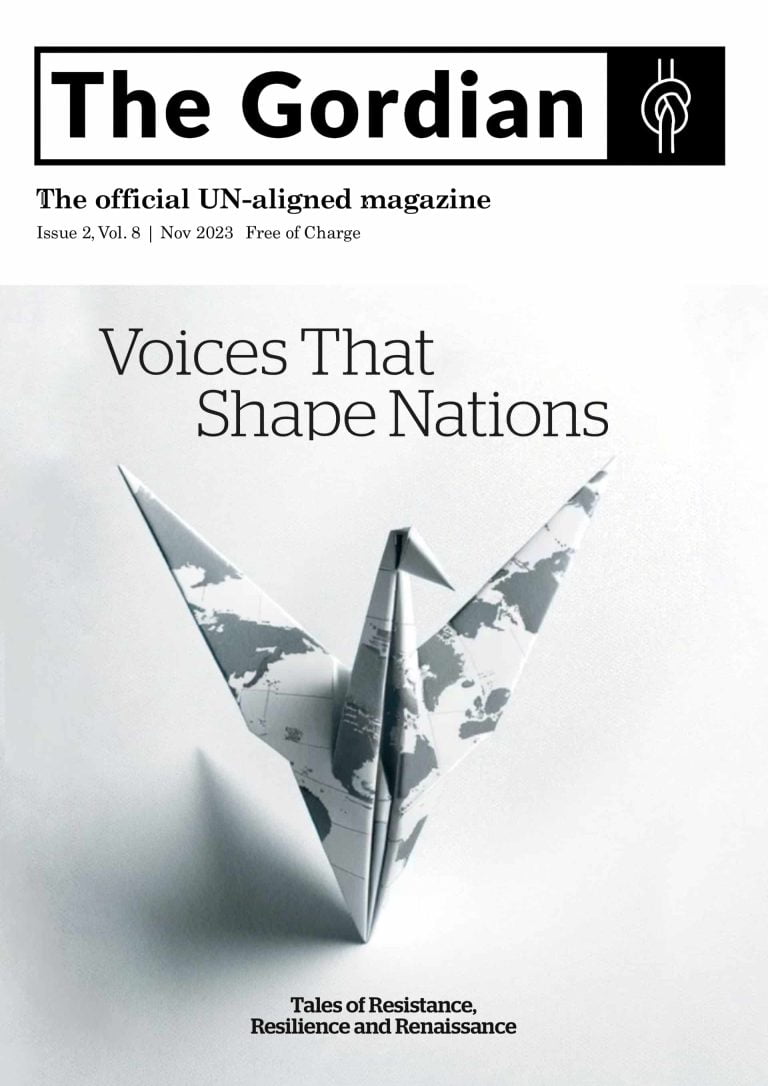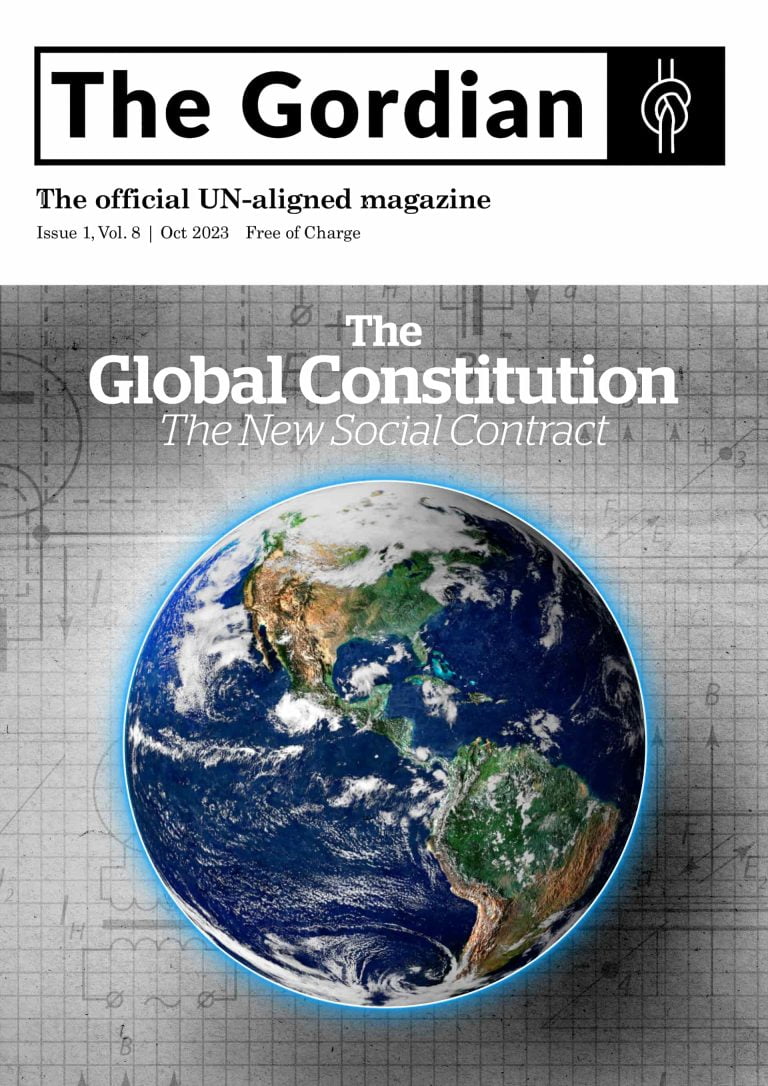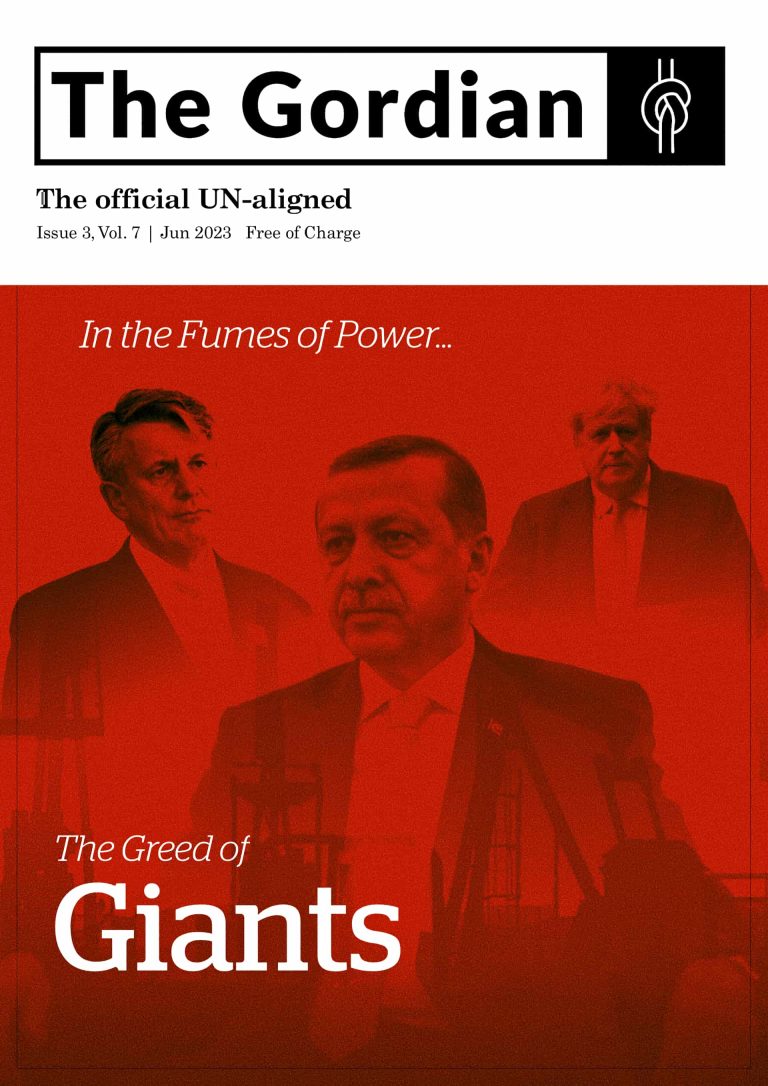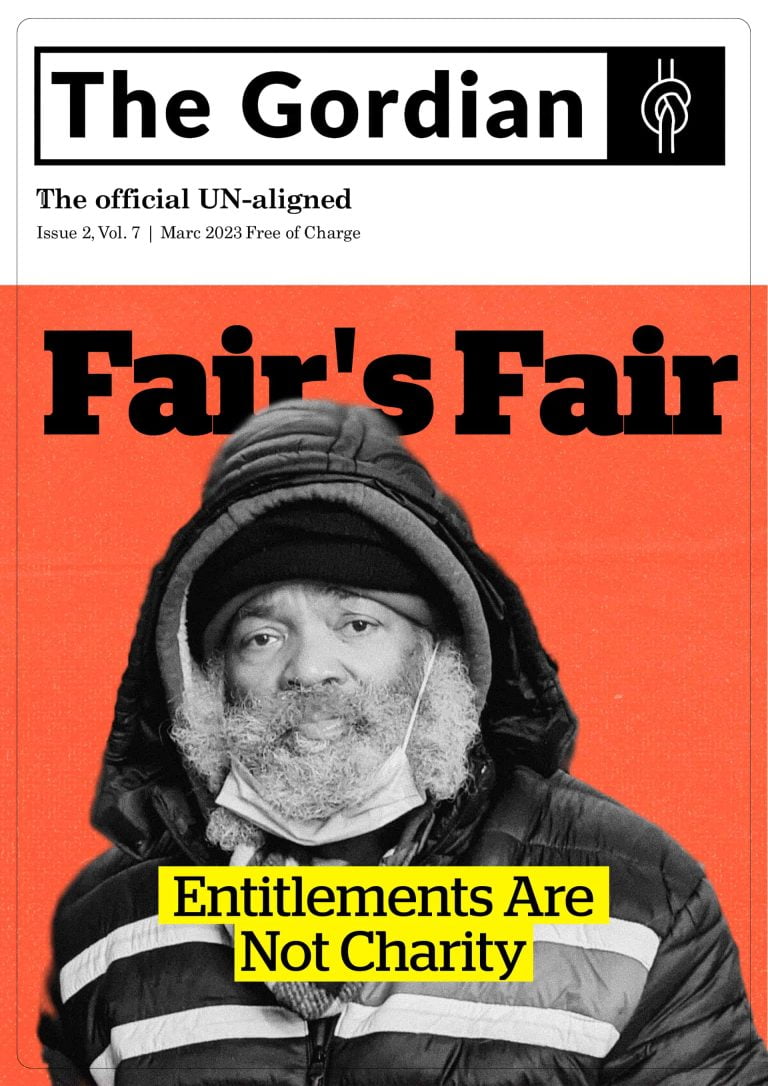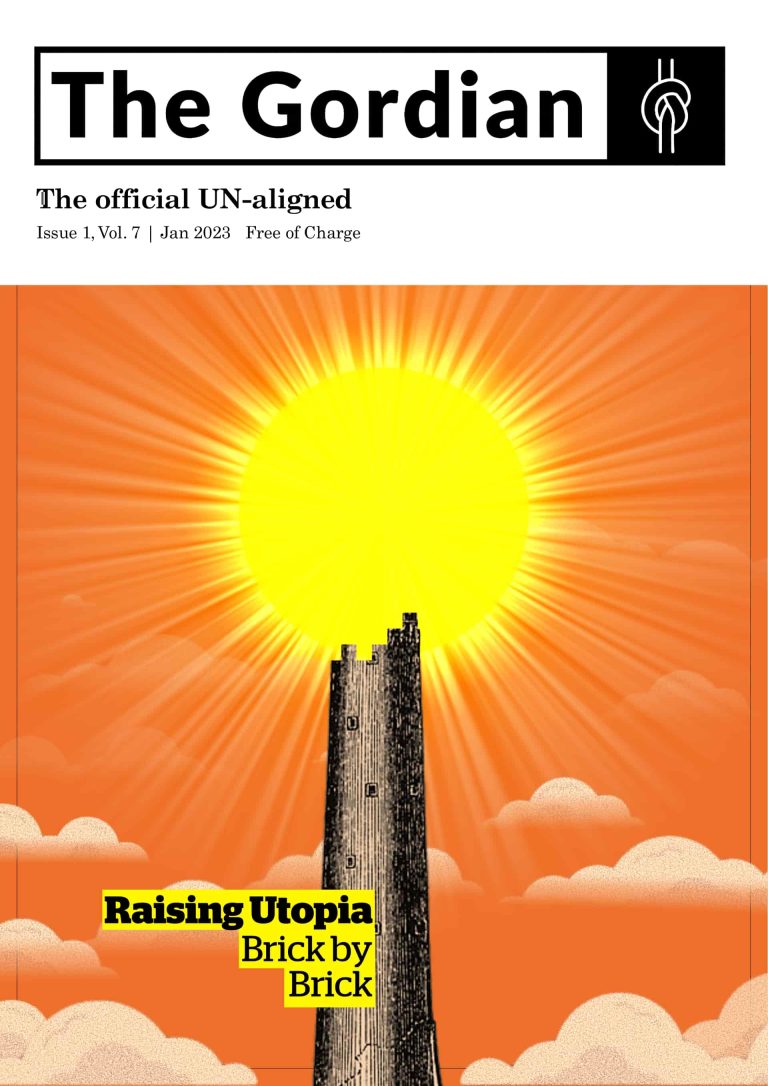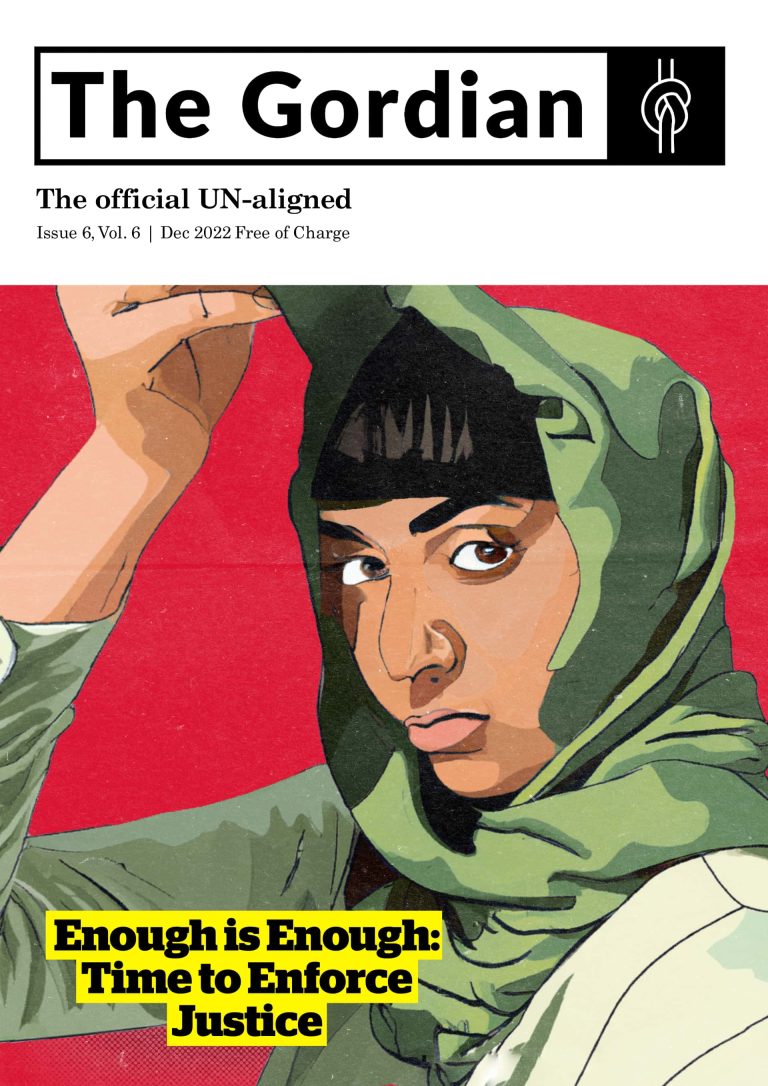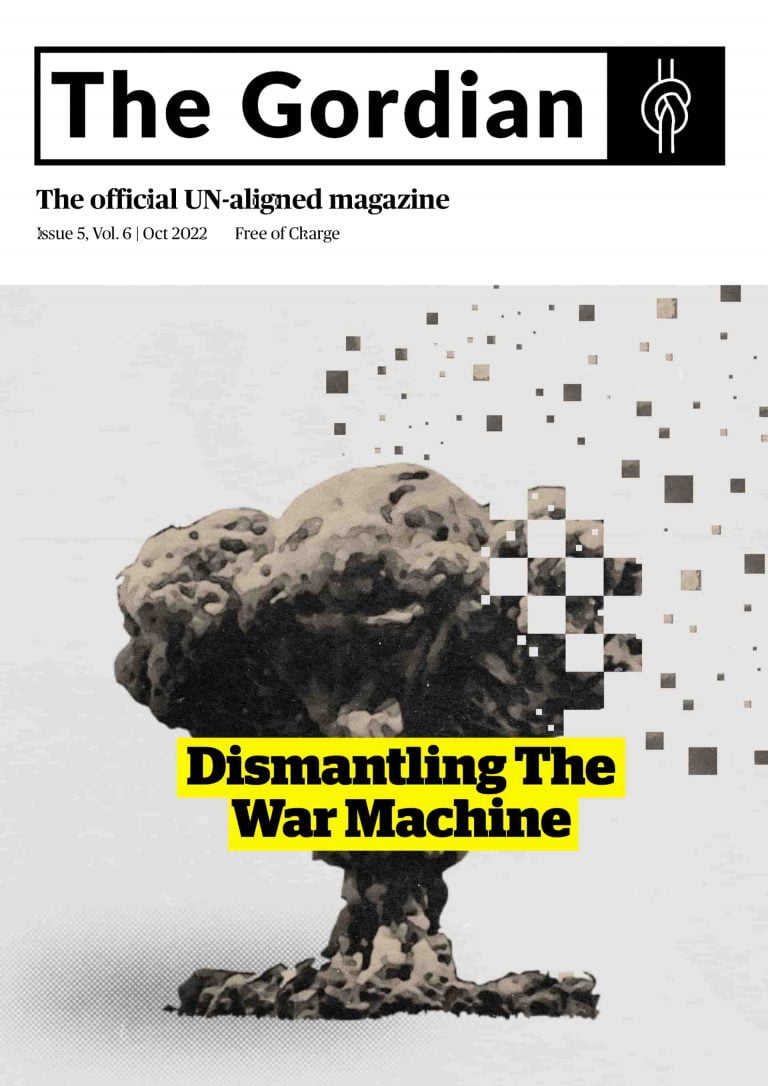Editorial
A letter from the editors
Last year was a cold bath for those who believed there were simple answers to complicated problems. Don’t be surprised if the new one is pretty much the same
Welcome to the January 2022 issue of The Gordian Magazine! A new year and a new outlook: Like every month we gathered the best from UN-alignders from all across the world for you to read, 100% free.
As it is becoming tradition with the January issue of Gordian Magazine, we have selected the UN-aligned Person of the Year. This is typically a position for someone whose deeds, we believe, deserves more recognition. The title for this year’s Person of the Year goes to Domenico Lucano, the ex-mayor of the Italian town of Riace. Despite the ludicrous limitations that are imposed upon the lives of migrants in Italy, Domenico found his own ways to help the immigrant community; and was jailed for his “crimes”. If helping migrants, in the way he did, is a crime, then a criminal be I.
In the podcast section of the magazine, Ruby Goldenberg and Ariana Yekrangi squeeze all the news in December into only 10 minutes. You can also read a written version of the monthly recap in another piece titled News in December 2021 You May Have Missed.
Resuming the general theme of migration, Adrian Liberto writes about the concept of citizenship and why our primary duty should be to humankind and not the state. Adrian’s article is beautifully accompanied by two special pieces from our interns, who joined our team in November from two different Refugee camps in Lebanon. Atika Harba and Jihan Al-Assad, the two interns, wrote a number of diaries and heartbreaking stories for the Gordian all of which can be accessed in the Diaries from Refugee Camps series.
Next, Ariana Yekrangi and Pouyan Jaberi shortlisted 10 of the most fascinating scientific achievements of the last year with easy and digestible explanations for the science-hungry reader.
Our literary column this month occupies two selected poems When People Gather, by Ruby Goldenberg, and An Ode to Environmental Restoration, by Partho Pratim Chatterjee. The poems are part of an ongoing miniseries in the Gordian titled Poems for a better world.
In a different article, reiterating his passion for environmental protection, Partho Pratim Chatterjee writes about 10 interesting technologies we use everyday that have made our lives more environmentally friendly.
The Gordian Magazine’s art editor Carla Pietrobattista, discusses a very timely topic, nativity in art, by presenting a magnificent and detailed emotional analysis of Caravaggio’s “Nativity with Saints Lorenzo & Francesco”.
Next, and back once again, Anahita Ahmadi, gives you another look into the mysterious and incompetently-governed country of Iran, this time, with an exclusive look Inside the 17th Century Iranian-Armenain Monastery of St. Amenaprkich (Vank Church) during the beautiful holiday period.
We hope you enjoy these stories and the many more in the following pages.
If you are in position to financially support the magazine, we would greatly appreciate your generosity. Every contribution, whether big or small, means we can keep investigating and exploring solutions to critical issues of our time; and it only takes a minute. Support the Gordian Magazine with a Patreon subscription.
Adrian Liberto and Ariana Yekrangi are the Editors of The Gordian Magazine.
Domenico Lucano declared as UN-aligned Person of the Year
The Gordian Magazine
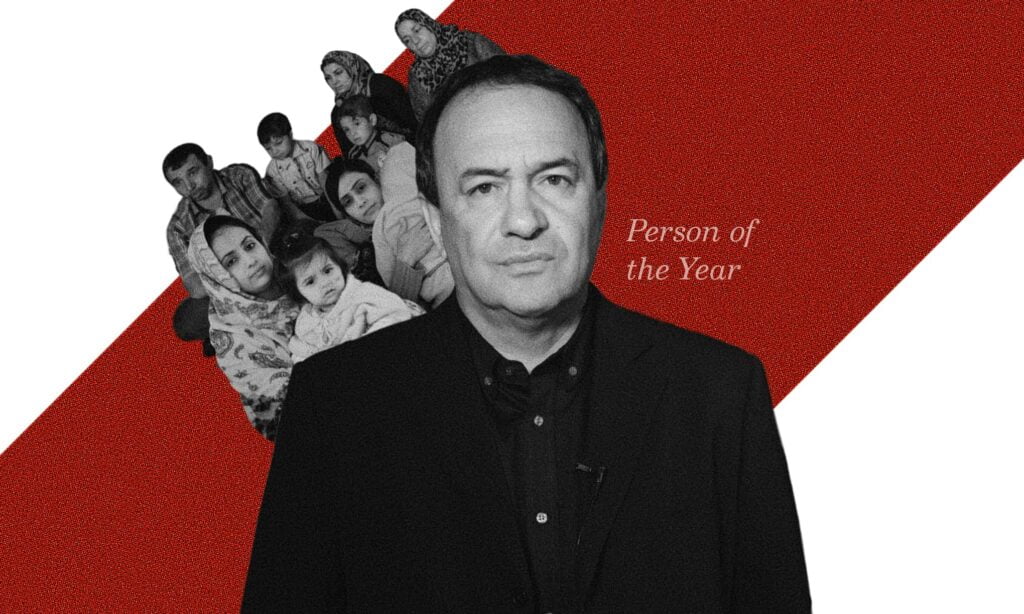
Person of the Year
UN-aligned has chosen Domenico Lucano as its Person of the Year 2021. The ex-mayor of the Italian town of Riace has been chosen for his vision regarding the integration of refugees into their destination of choice, while at the same time revitalising a dying town. Riace became a showcase of prosperity and integration and was hailed in 2016 by Fortune magazine as one of the world’s 50 greatest leaders.
On the 30th September 2021, Lucano was sentenced to 13 years in prison for abetting illegal migration. His “crimes” included awarding waste collection contracts to companies that were set up to help migrants look for work and arranging a marriage of convenience to help a Nigerian woman escape prostitution and find legal work. The accusation that he enriched himself in the process, seems contrived, considering he does not even have the funds to pay for his legal fees.
Why Domenico Lucano?
The most important fact is that he found the magic bullet. If the authorities were genuinely concerned about justice, why are they locking up his vision behind bars with him?
It is that vision we support and why we believe that his brave and visionary deeds in creatively supporting refugees should be highlighted. Moreover we believe that the 13 year sentence, almost twice the penalty the prosecution was pushing for, betrays a vendetta against the ideals he stands for, rather than alleged crimes he is charged with. After his conviction, Lucano told reporters:
“Today it all ends for me. There is no justice.”Our message to Domenico Lucano is that it does not end here. We will promote and publicise the good deeds you have done and we will be available in any way we can to help bring about that justice that seems to have eluded you.
French and UK authorities are being sued, Merkel retires and Honduras gets its first female leader
By Ariana Yekrangi and Ruby Goldenberg
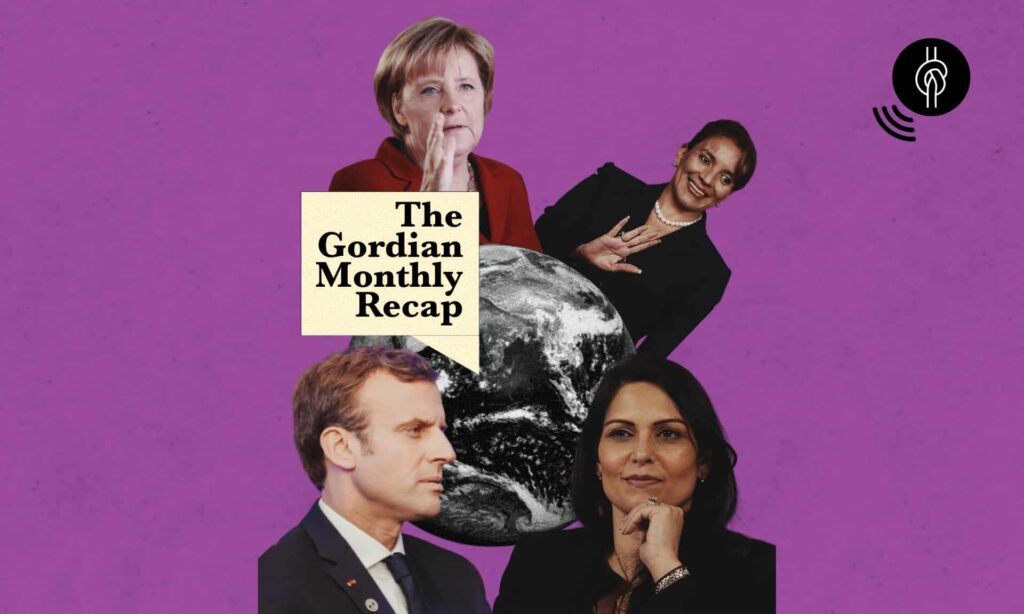
In this episode of Gordian Monthly Recap, Ruby Goldenberg and Ariana Yekrangi help you catch up with everything that happened in November 2021.
- Support UN-aligned and its mission by becoming a free member
- If you are in a position to support us, please consider donating to our non-profit’s mission
- “No, it’s not just a snip”: Why Circumcision is Legalised Child Abuse
Citizenship is a construct, our primary duty is to humankind: 5 problems & solutions to the migrant problem
By Adrian Liberto
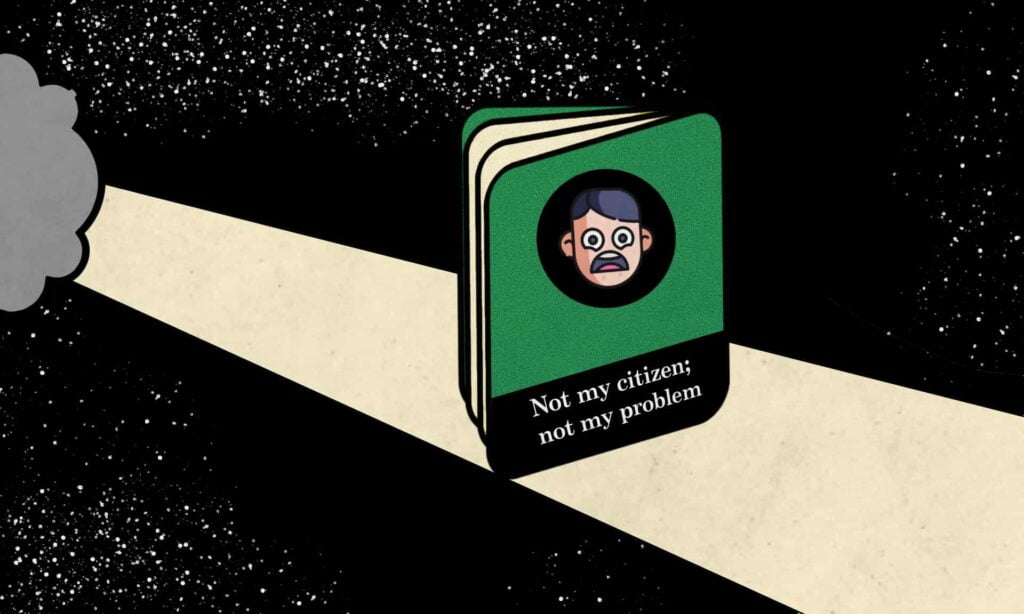
The migrant problem
Anyone who has studied their history will know that migrations are what shaped the world as we know it today, both politically and ethnically. At times these migrations were peaceful. Often, they were predatory. At times they were gradual, spreading like an oil stain; often, they were sudden and quite alien, like a frenzied splash from a Jackson Pollock paintbrush. At times the end result was growth and a fusion of cultures; often, it was genocide. So we built walls of brick and paper to keep the undesirables out. Most of us belonged to those undesirables once, but that was a long time ago.
We are settled and comfortable now. The greedy with their ravaging hordes are not so much the problem any more. The main problem stems from the poor, persecuted and dispossessed and they are easy enough to keep at bay. Moreover, the general consensus is precisely that: “keep them out”. Indeed, the very countries that are most hostile to migrants and refugees are, more often than not, the very same that exploited or destabilised the lands that these people are fleeing from in the first place; but that too is history.
“We cannot afford to let these people destabilise our countries. The risk is too great. Let them rot in refugee camps. Let them drown in their desperate attempts to reach safer shores. Let them die of exposure and hunger at closed borders. Our duty is to our citizens, so damn them!”
Surely not? Surely we cannot be that cynical and heartless? The sad reality is that we are. Qui tacet, consentire videtur. Those hateful words above can only be heard in silence and the few who utter them are indebted to our silence, which is what amplifies the contempt and emboldens it. But should you have any doubts, just look to the ballot box.
See how gingerly moderate politicians have to tread to avoid any show of concern for migrants or refugees for fear of losing votes, while the right can stomp and demonise them quite brazenly. Most of us know how pernicious our silence is. The problem is that most do not care; not when caring can threaten the comfort zones we have become so used to.
More angles than a rhombicosidodecahedron
The issues surrounding the migration and refugee problem are countless and anyone who would make you believe otherwise is a fool or a liar.
The economic impact of migration, for instance, has so many variables, ranging from the economic and social makeup of host countries to the age, skills and trauma of the immigrant or refugee. In between, we find administration procedures, attitudes, culture clashes and a host of variables that makes evaluating overall impact anything but an exact science; while the pandemic certainly has not made the situation any easier to assess.
Tempting as it may be, however, unravelling the minutiae of the migrant problem is not necessarily how we will find the solutions we are looking for. I would like to focus on five points relating to migration that I hope will shed some light on the issue, starting with some of the causes and moving on to some of the solutions.
1. Triggers to migration
When grandmama fell off the boat… Very nearly taking note of migration
Personal triggers, like boredom, curiosity and not fitting in, are singular events that do not rattle the various establishments of the “civilised” world, though they can easily result in individual hardships. A gay man committing suicide because he was barred from moving to another country, while having been victimised at home, is projected as tough luck, rather than a symptom of a flawed international system.
These people are not considered in the statistics. However, 82.4 million people are. That is the number of forcibly displaced people in 2020 according to the United Nations Refugee Agency (UNHCR). When masses are involved, the issues are not that easily swept under the carpet, but even here, much will depend on how we define “forcibly”.
People fleeing war, civil unrest, famine, natural disasters and catastrophes of a similar magnitude easily qualify. Those hoping to escape oppressive regimes, debilitating corruption, shrinking economies and limited resources generally do not. Of course, this does not mean that the people who are “lucky” enough to be defined as legitimately displaced are therefore party to a host of benefits from the international community that would make their lives bearable. It just means that those that are not are even less likely to receive help and are often treated with even more contempt.
2. Nipping the problem in the bud
The best help would be to aim at the source of the problem so that people would not feel the need to flee their territories en masse in the first place. When the problems are natural, this should not be that difficult because the world as a whole does have enough resources to cover the needs of humanity and it could do so many times over if we managed our production and consumption more wisely; by getting rid of all the waste that is linked to the meat and dairy industries, for instance.
Building a more equitable world and sustaining it, even in the face of disasters, is well within our possibilities. Of course, this may not be the case for much longer if we keep abusing the planet at the current rate.
The doomsday clock is only 100 seconds to midnight for a reason.
Still, in this scenario, we will all need to be displaced, only that there will not be anywhere for us to go. When the problems are political, however, the answers are much harder to find, particularly since superpowers are often at the root of the problems to start with. The tragedies in Syria, Yemen, Myanmar and Palestine, for instance, are all tied to the machinations of one superpower or another that are exacerbating the situation. Nevertheless, countries do not necessarily need an outside force to incite them to self-destruct or become a nightmare for a proportion of their citizens.
The governments in Iran and Venezuela, for instance, have been managing to implode quite nicely without the need of external forces, which of course still give a helping hand. Sometimes, it is not even the governments, but the narrowmindedness of the majority of the population itself that is the problem.
Theocracies spring to mind, but democracies can be quite as bad, particularly when people vote in right wing extremists that persecute minorities. Here, the long-term solution to these problems is an international world order such as the one UN-aligned proposes that will address these issues. In the meantime, however, as much international pressure needs to be exerted in order to minimise the abuse. The obvious broker here would be the United Nations, but as I have made abundantly clear in my book, Unravelling the United Nations, the UN has failed in its mandate. So, each nation, or block of nations, should do what can be done to pressure countries to comply with moral standards that respect human rights.
3. Getting rid of the refugee camps
As things stand, there is a need for temporary stations, but turning these into permanent camps is as bad as sentencing people to life imprisonment or forcing them to spend the rest of their lives in the transit lounge of an airport. This is the opposite of help. It is, in fact, preventing people from moving on and helping themselves.
Writing for The Gordian, Jihan Khaled Alassad, a Syrian refugee living in a camp in Southern Lebanon, has covered many of the hardships refugees face. In one of her journals, she states:
“To live in a camp means that all your days are the same, as if the hour hand is fixed in its place and refuses to move. Nothing changes except the weather conditions around us…
There is nothing different in my days, repeating themselves to tell me that I will remain a hostage to their misery and pain.”
No one should be forced to live in a camp for more than a few months, weeks is bad enough. The refugee camp is half a bridge; a jetty sticking out of a flat earth over an abyss. It is not a sign of our evolution, but a testimony to our selfishness and ignorance.
4. The other half of the bridge
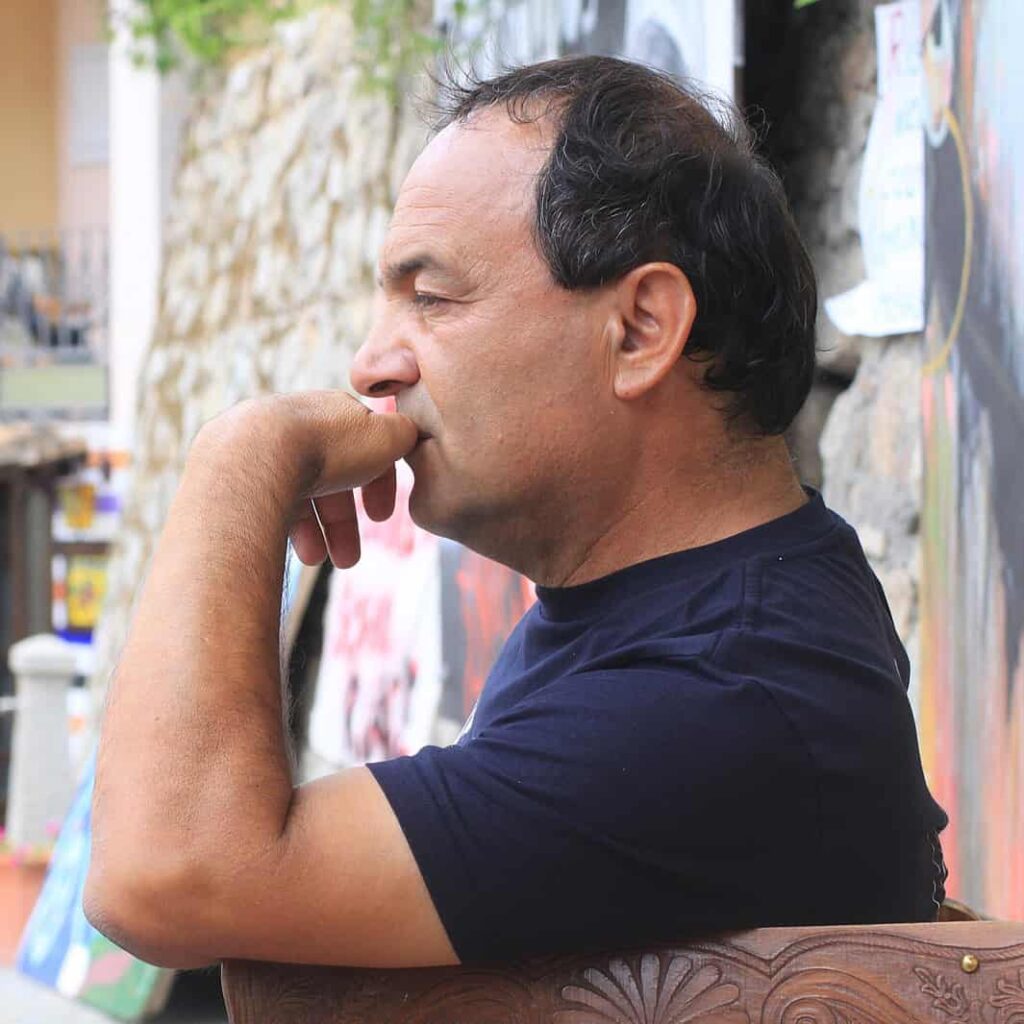
No country wants to be overrun by a tsunami of immigrants, but with sound management that never has to be the case; and sadly, the authorities know it. The story of Domenico Lucano, the pro-refugee mayor of Riace, who revitalised the languishing Italian town and made it a showcase of prosperity and integration and was hailed in 2016 by Fortune magazine as one of the world’s 50 greatest leaders, is all the proof one needs.
On the 30th September 2021, Lucano was sentenced to 13 years in prison for abetting illegal migration. His “crimes” included awarding waste collection contracts to companies that were set up to help migrants look for work and arranging a marriage of convenience to help a Nigerian woman escape prostitution and find legal work. After his conviction, Lucano told reporters:
“I spent my life chasing ideals, I fought against the mafia; I sided with the last ones, the refugees. And I don’t even have the money to pay the lawyers … today it all ends for me. There is no justice.”
These are the very people who could save the world and we are putting them behind bars. There are so many small towns around the world that are becoming abandoned. There are empty homes that can be filled, schools that can spring back to life, markets that can become a vibrant splash of colours again, but we prefer desolation to planning; pettiness to generosity; half bridges, to humanity.
5. What’s in it for me?
There have been a number of studies about the economic impact of immigration. Germany has proved particularly useful as a case study owing to Angela Merkel’s relatively open policy towards refugee immigration at the beginning of her mandate. Initial studies seemed optimistic about the effects, though later ones began to be a lot less so.
A recent study by Gerrit Manthei from the University of Freiburg, is once again evaluating the phenomenon in a positive light:
“By applying the model [Cobb–Douglas production function] to current immigration data from Germany, this study finds that refugee immigration can lead to long-term per capita growth in the host country and that the growth is higher if refugee immigrants are relatively young and have sufficiently high qualifications.”
What these studies do not show however, is what the impact could be if things were done differently; say, a la Lucano. Doing things differently means an ongoing evaluation of our laws in order to ensure that they are fit for purpose.
This may seem like a tall order, but at the end of the day, laws are an imposition on our freedoms and if they are to stand, they must do so on their continuing merit, however laborious assessing this may be. This will have the added benefit of making our legal system leaner, a reform which is long overdue.
All this said and done, however, there is an even more important issue at stake here; namely one of decency. Even if the influx of immigrants proves challenging and financially unrewarding, we have a moral obligation to do what we can to help these people in need. We are not talking about whether it is more or less profitable to import potatoes or turnips. We are dealing with human beings in dire straits whose lives and well being depend on our position to be able to help. The means are there, the willingness is generally not.
Indeed, welcoming those in need will therefore involve a drastic change of attitude from those of us living in our ivory towers. As voters we will keep putting pressure on politicians to adopt ever more stringent policies to keep these undesirables out. We will keep on plundering the planet, slaughtering animals and turning our backs on those in need without a thought about our human dignity and our responsibilities. We will keep on until forced to change by pandemics, climate catastrophes and bloodshed…
Or we can wake up and start taking control.
Disheartening revelations about the UNHCR in Lebanon — A refugee’s perspective
By Jihan Al-Assad
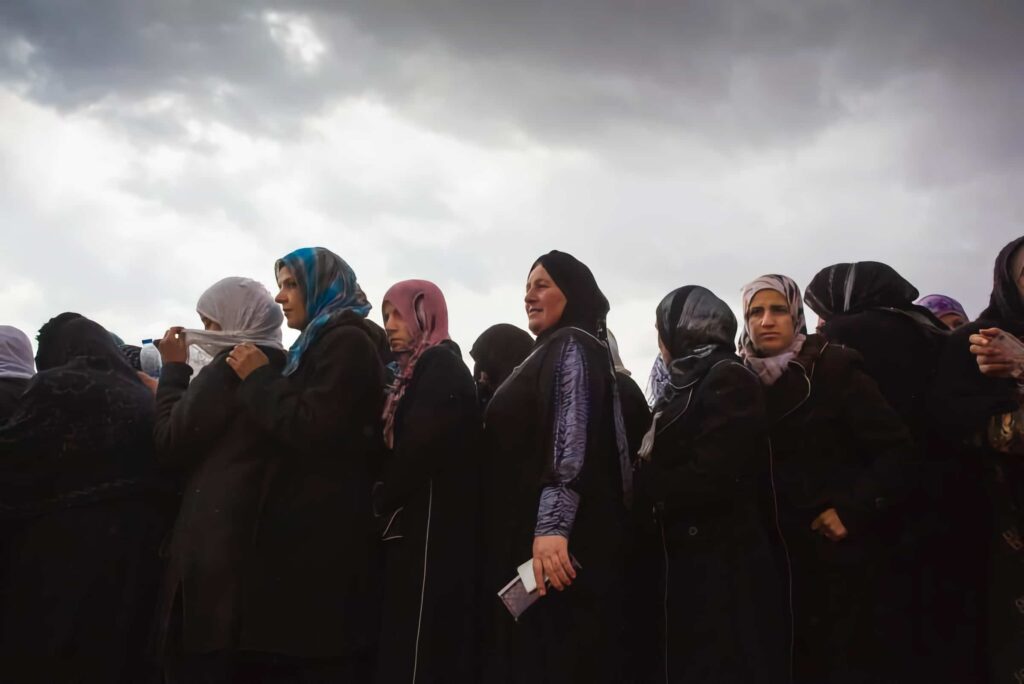
The primary mission of the United Nations Refugee Agency, the UNHCR in Lebanon, is to provide emergency assistance to those forced to flee their homes. This is the first step towards long-term protection and rehabilitation, as well as a means to support in various sectors for refugees and asylum seekers. But how is this achieved in the current reality, especially in a country like Lebanon?
Positive action of the UNHCR in Lebanon
The achievements of the UNHCR include:
- Registration of all refugees without any racism or discrimination by sect, race or colour.
- Providing material and psychological support to all families in all the territories of Lebanon (according to specific criteria).
- Helping children forced to drop out of school to attend education and offering summer courses that prepare them for the school year.
- Monthly food aid for families (but also by specific criteria).
- Providing winter assistance such as heating and supplies.
- Vocational training courses for all age groups, especially for women.
- Providing a resettlement service for families or individuals with certain security problems to countries that guarantee their security and freedom.
- Health services for refugees from clinics and doctors.
- Refugee tents in asylum camps (though not for free).
- University scholarships for refugee students in Lebanon, which help them complete their university studies (previously their conditions were easy for refugees, but now such scholarships are almost impossible to obtain).
These are the duties of the UNHCR. This is what it is funded to do and therefore these services are its responsibilities, not charity. Despite this, there are many shortcomings.
Negative aspects
The UNHCR in Lebanon says it is doing its utmost to make all its services inclusive without exception, especially for those who are officially registered as refugees. However, with regard to services in the camps, especially for refugees, recently support has declined dramatically to almost non-existent.
It actually does provide tents for refugees in the camps, but it says that it rented the land for the refugees from its owners and in return the refugees have to pay a monthly rent to the landowner so that their tents are not demolished. This rent can be astronomical and it can be as high as 2,000,000 Lebanese pounds a month (1152 Euro).
Still Life Without Flowers: A Glimpse Into The Arsal Refugee Camp
With regard to UNHCR scholarships, these grants are supposed to be commensurate with the educational and psychological situation of young refugees, but the reality is something very different. The conditions for these scholarships were easy only until 2017, after which date a very high level of English has been required in order to be eligible for these grants. These high expectations are not commensurate with Syrian students because their language is basically Arabic and very few have learned sufficient English to qualify.
For two years, the UNHCR in Lebanon has forgotten the economic conditions of Syrian refugees in camps and outside the camps. It has removed thousands of families from the monthly food assistance that was provided each month, on the grounds that funding is insufficient. However, the rules are applied inconsistently and it is not always those who are most in need who receive help. Heating has also been rationed for refugees and many of them have been deprived of access to heating without a clear reason or at least suggestions for alternative solutions.
Psychological support and treatment programmes have also declined, especially for women who suffer from physical abuse by their husbands or families. There appears to be no concern for their suffering. In addition to this, the UNHCR has not been intervening in cases of racism that occur on a daily basis against us as refugees. Most of the time this has reached the point of beatings and violence, but UNHCR has remained indifferent to these serious issues. Health services, too, especially admissions to hospitals that were paid for by the UNHCR, are declining, resulting in much hardship.
Finally, the most negative thing of all and a real violation of the human rights of refugees in Lebanon is the terrible corruption that occurs on a daily basis in the UNHCR offices, especially regarding the travel files of refugees. It has recently come to light that travel files are being sold for huge payments of money to people who are not entitled to them, thereby depriving those who need them most.
This is just a glimpse into the operations of the UNHCR in Lebanon and how it impacts on the people it is there to serve.
“Every day my heart squeezes with sadness and pain”: An Interview with Amna, a Syrian refugee in Lebanon’s Arsal Camp
By Atika Harba
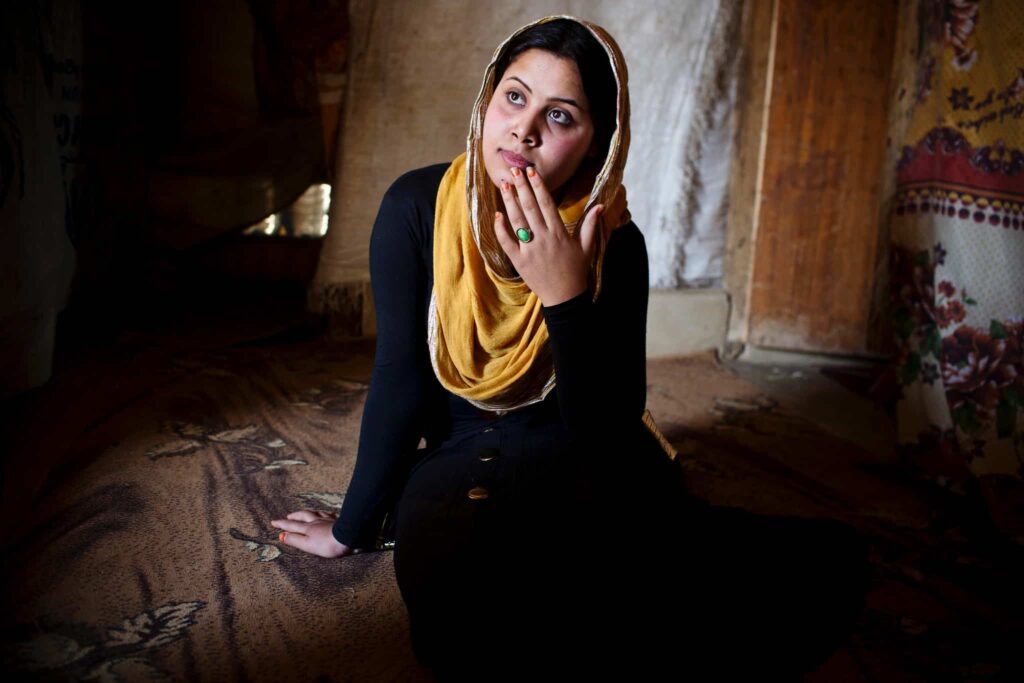
During her internship with UN-aligned, Atika Harba was asked to write about life inside the refugee camp in Lebanon.
Atika, who at the time of publishing, was a 17-year-old refugee, wrote several articles and diaries that gives readers a glimpse inside the difficult life of inside the refugee camp.
The following interview was conducted in November 2021.
Tell me about yourself and your children?
My name is Amna; I am 33 years old. I live in Lebanon in a Syrian refugee camp. I have two children, a son and a daughter. My husband was lost in Syria, and I fled with my children from the war and came to Arsal to seek safety away from the difficult conditions of the war that destroyed our lives and the childhood of my children. I tried to work to meet the needs of my children, but I could not for fear of leaving them alone in the tent and I wanted to teach them and follow their school lessons.
What difficulties did you go through?
I suffered a lot until I enrolled them in Lebanese schools in order to guarantee them a brighter future that would change our situation for the better. We encountered many difficulties, a new curriculum, new schools, new people…
We tried to overcome these difficulties, and I always, despite the sadness and loneliness that afflicted my heart, try to instill hope in them and belief that it is impossible for this situation to last. These crises must clear up and a new sun will shine that will change our situation and our lives. They are the ones who will change this life with their knowledge and effort.
What makes you sad sometimes?
Indeed, every day my heart squeezes with sadness and pain when my child asks me for the simplest thing and I am unable to secure it for him, which is one of his rights. This is my current situation and the situation of many women whose husbands’ lives were taken by the war and they bear the responsibility of raising their children.
What makes you happy and what do you dream about?
The comfort to all of us is that life continues, so we must not despair of the status quo and strive to change it with science and knowledge until this black cloud that has clouded my country and turned the lives of its people upside down is removed and we can return to it.
I cannot protect against the cold of winter or the heat of summer, but I am very happy when I see my children happy, and sad for their sadness. I will do what I can to lead them to fulfill their dreams despite the roughness of life.
10 most fascinating scientific discoveries of 2021
By Ariana Yekrangi and Pouyan Jaberi
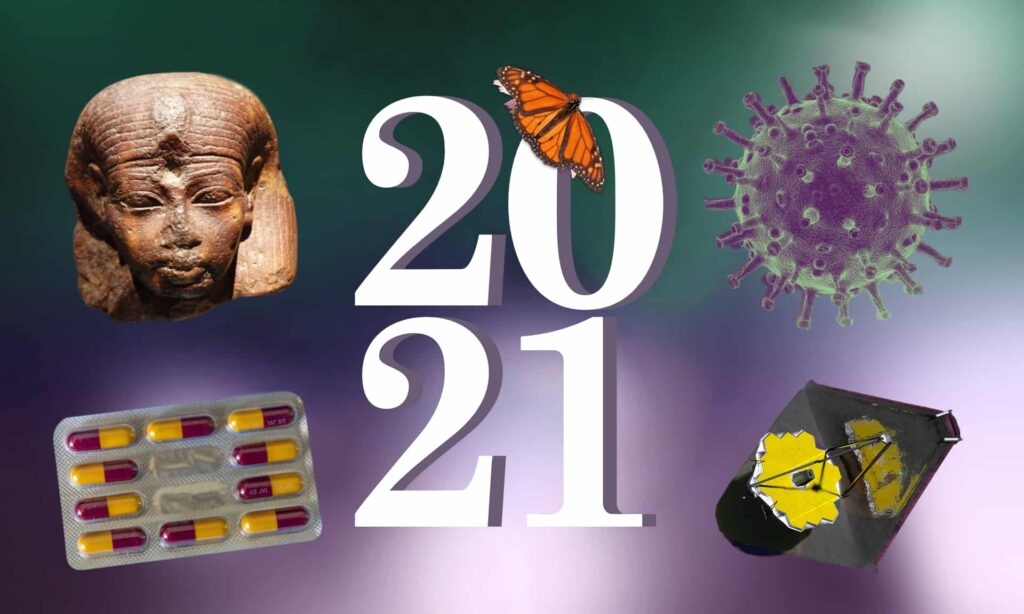
2021 saw a tentative return to “normal” life. Scientists returned to their labs, continued to take on Covid, blackholes, climate change and delved into so much more. Let us take a look at some of the most fascinating scientific discoveries of 2021.
1. Medicine/ mRNA vaccines: We found a new way to directly talk to our body!
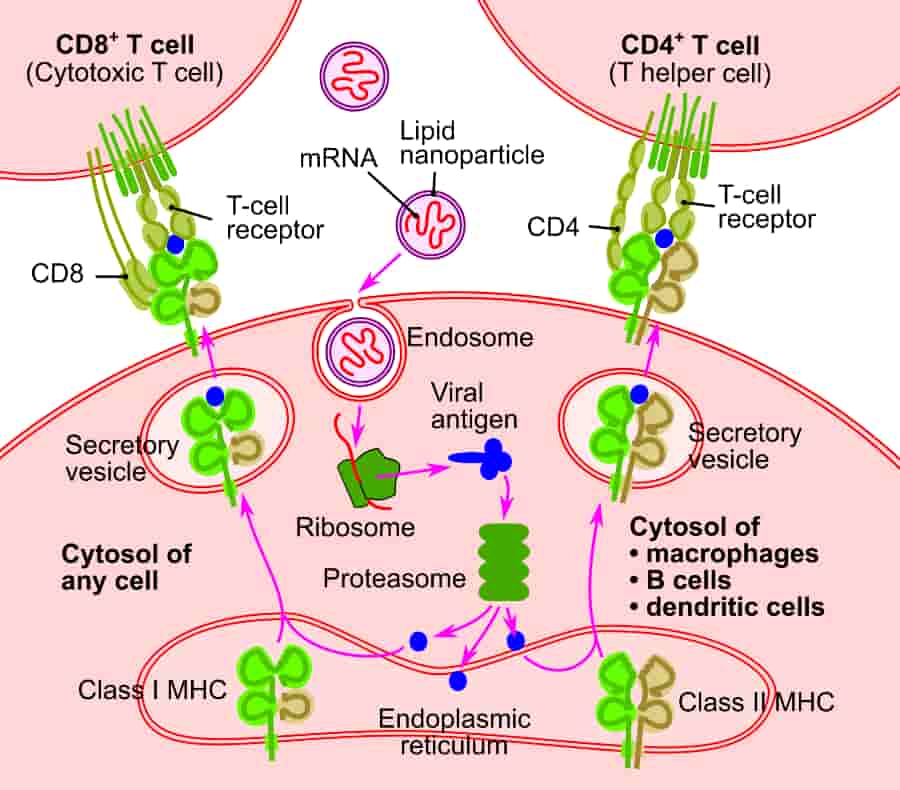
Vaccines have been around — and have noticeably extended the life expectancy of humans — since a few centuries ago. Research on mRNA technology is also longstanding and has been conducted for decades. What is new, however, is the ability to harness the power of mRNA in developing state-of-the-art vaccines.
Conventional vaccines often contain weakened viruses or pieces of the protein coating around them, in order to familiarise the immune system with the characteristics and/or functionalities of the pathogen. They work and they have already protected countless lives against polio, measles, et cetera.
Messenger RNA (or mRNA for short), on the other hand, is like a way to directly talk to one’s body! Instead of injecting a subunit or an inactive whole of a virus, we could pass some information to the body to teach it how to develop a specific type of protein (which could be found on the real virus as well), triggering the immune system to produce necessary antibodies.
The deeply interesting part about the mRNA technology is the fact that we could use it not only against the new SARS-CoV-2 virus, but also possibly against other viral diseases like HIV, and even a handful of non-viral ones such as cancer. All that is needed is finding the right ribonucleic acid sequence and then it could be passed to the body in no time. Hopefully, more and more diseases will soon be eradicated with this new technology.
2. Archaeology/ The rise of the abandoned city of Aten
After seven months of excavations, in April 2021, archaeologists in Egypt discovered the 3400-year-old city of “The Dazzling Aten” on the west bank of the Nile. Many of the layers within the city are said to have been buried under sand laid untouched for more than three millennia.
The lost golden city was built by Amenhotep the Magnificent (Amenhotep Ⅲ), the ninth pharaoh of the 8th Dynasty. It is known that Amenhotep’s young heretic son, Akhenaten, abandoned his inheritance and decided to leave Thebes, which had been Egypt’s capital for more than 150 years. To this day, it remains a mystery why the young pharaoh chose to turn his back on his father’s, albeit controversial, legacy.
Many believe that the Golden City of Luxor could provide us with answers to such questions and offer a rare glimpse into the life of the Ancient Egyptians during the empire’s golden age.
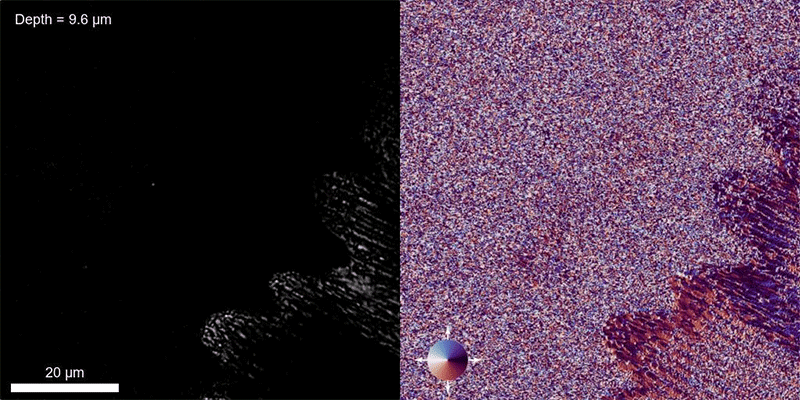
3. Entomology/ “It has been a good year for butterflies”: First video of how a butterfly’s colourful scales form inside a chrysalis
Glancing at butterflies, we tend to find charm and beauty in their brightly coloured wings of iridescent blue or electric gold, but have you ever seen how this insect’s wings are actually grown? Well, great news; what happens inside the chrysalis does no longer need to stay in the chrysalis. In November, scientists at the Massachusetts Institute of Technology (MIT) developed a unique method to look inside a butterfly’s chrysalis and video record in real-time how the scales of this magnificent insect develop.
But that’s not all of the discoveries that happened in the butterfly world. Scottish scientists, using powerful cameras and a wind tunnel, managed to record the butterfly’s unique flying skill and solve a decades-long mystery of how a butterfly’s wing “clap” works in ordinary flying circumstances.
4. Climate Catastrophe/ Major climate changes inevitable and irreversible
In August 2021 we learned that our worst fears about the climate catastrophe are sadly spot on. Scientists at the Intergovernmental Panel on Climate Change (IPCC) published their findings on climate change painting a grim picture of the planet’s health owing to human-induced climate change and rising temperatures. These seem set to rise above the 1.5° threshold, which will signal a critical point of no return for those most exposed to the catastrophe.
Commenting on the report, UN Secretary-General António Guterres did not mince his words: “Today’s IPCC Working Group 1 report is code red for humanity. The internationally agreed threshold of 1.5°C is perilously close. We are at imminent risk of hitting 1.5°C in the near term.” As expected, the United Nations remains powerless, though it is doing its best to raise the alarm as Laocoön, unheeded, had done with the Trojans. Meanwhile, disaster has set its course, riding on the waves that will usher in the destruction of the world as we know it.
“There is too much stupidity around”: The Climate Change Report
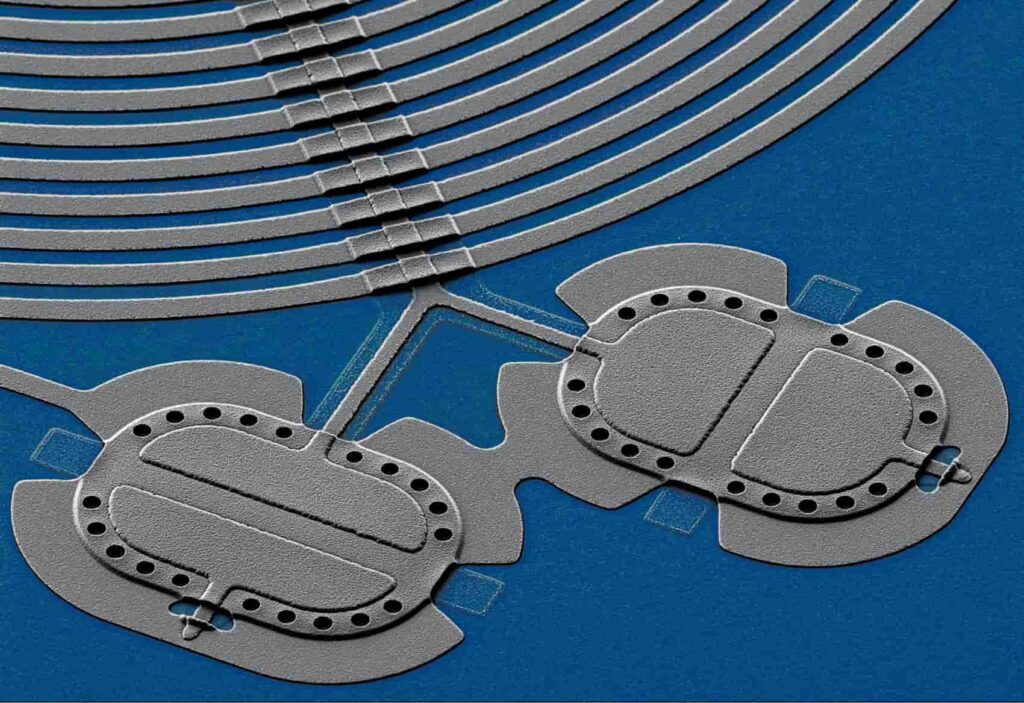
5. Physics/ There seems to be a loophole in the uncertainty principle
As you may know, the world of quantum mechanics has its fair share of quirkiness and twist of reality. An electron can be a wave or a particle, or as in the case of the famous thought experiment, the cat is both dead and alive. The eccentric behaviour within the quantum realm is not only limited to extremely small particles like electrons; the reason why we may not experience this in everyday life is simply that our senses and other tools are not able to identify and observe it. In other words, the phenomenon becomes less observable as things scale up.
This year two teams of scientists based in the US and Finland were able to bring what we had previously observed only between individual atoms and scale them up so that we can observe them between micron-sized aluminium membranes, successfully proving that odd quantum behaviour can also exist at larger scales. Many researchers believe that these findings can help us design quantum computers with extraordinary calculative powers.
6. Cosmology/ James Webb Space Telescope on the path to L2
The event itself is not an actual “scientific discovery” (rather an engineering achievement). Nonetheless and by assuming that no mechanism goes wrong, it will definitely trigger many. By the time of writing this article, the James Webb Space Telescope (abbreviation: JWST) is en route to the second Lagrange point of the Earth-Sun system and is carefully deploying its sunshield. Hopefully, mankind is about to open a new eye to the universe.
Unlike the renowned Hubble Space Telescope (HST) which primarily studies the universe through visible and ultraviolet light spectrums, JWST is going to focus almost entirely on infrared: particularly since more distant objects from the early stages in the evolution of the universe are significantly red-shifted to infrared wavelengths, meaning that the new space telescope will take us to new cosmological perspectives. Of course, this is not the first-ever infrared space telescope, but it is surely the most powerful of its class.
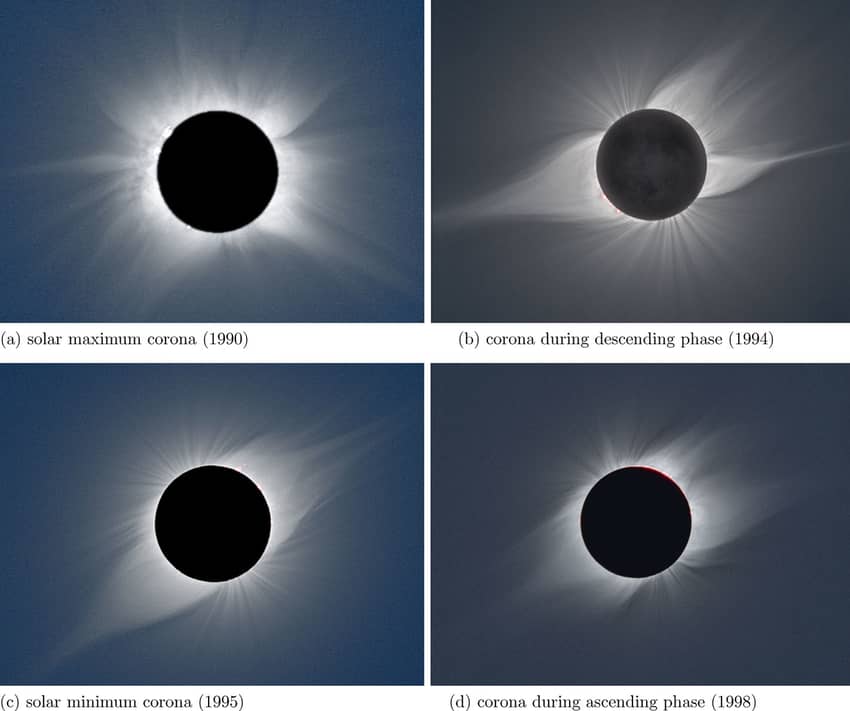
7. Astronomy/ “We touched it!” The Parker Solar Probe
We, humans, — as almost all life forms on Earth — exist thanks to the single star of our solar system: the sun. We have a lot of knowledge about it, and also quite a lot of questions. As an instance, the outer atmosphere of the Sun, the corona, has baffled the scientific community for a long time for possessing significantly higher temperatures (200 to 500 times) compared to the photosphere (also known as the solar “surface”). Multiple hypotheses have been already proposed, but indeed more research is required to completely solve this problem, as well as to better understand our one and only sun.
In 2021 and for the first time in history, an artificial object managed to “touch the sun”: NASA’s Parker Solar Probe actually filed into the corona, with the goal of sampling various data from this mysterious region.
By analysing the structure of the fast solar winds, as well as whether they are linked to switchbacks, which are essentially rapid flips in the Sun’s magnetic field, we could finally answer many questions, including the age-old solar mystery: how is the outermost layer of a star’s atmosphere (the corona) heated to millions of degrees, far hotter than the solar surface below.
8. Biology/ No brain, no problem: Slime mould is able to store memories even though it does not have a brain
In February, researchers discovered that Physarum polycephalum, which is a bright yellow slime mould, has the ability to encode memories in its own body and record vital characteristics about its environment by adjusting the diameter of its outstretched tubes. The mould makes its tubes thicker when it detects food and thinner when it does not. The alterations are likely triggered by a chemical signal.
Physarum polycephalum is a clever mould indeed. It is able to solve mazes or even simulate human transportation networks in cities like Tokyo or the UK. It can learn to avoid harmful substances and remember them for years. Karen Alim and Mirna Kramar, the authors of the study believe that such protein-based polymers could adapt this sort of memory storage and chemical signalling in artificial intelligence applications, without the need for electronics. This could be particularly useful when used as a biomaterial when toxicity is of concern.
9. Medicine/ Supercomputers might be able to help us with antibiotic resistance
It may not be breaking news at this point, but bacterias are becoming increasingly resistant to antibiotics, threatening a future in which humans could become untreatable. Already about 700,000 people die every year because of antibiotic-resistance.
In November 2021, using supercomputers, scientists just may have made a giant leap in combating this threat to human health. It turns out we don’t need to always create new antibiotics. The new study conducted at the University of Portsmouth tackled the problem of antibiotic resistance by redesigning existing antibiotics.
Dr. König, a computational chemist, said “developing a new antibiotic usually involves finding a new target that is essential for the survival of a wide range of different bacteria. This is extremely difficult, and only very few new classes of antibiotics have been developed in recent times. We have taken a simpler approach by starting from an existing antibiotic, which is ineffective against new resistant strains, and modifying it, so it’s now able to overcome resistance mechanisms.”
Such a computational approach to antibiotics development could be game-changing; not only will it avoid chemical waste, but also would help us to make quicker and cheaper antibiotics.
10. Biology/ AlphaFold: That’s one small step for AI, one giant leap for mankind
Proteins — essential to life — are fundamentally long-chain macromolecules, each consisting of an amino acid sequence. Moreover, they tend to physically fold and turn into complex three-dimensional structures: a process dictated by the sequence, resulting in different types of protein molecules with different natures and characteristics.
Understanding what given sequences of amino acids lead to what 3D shape for proteins is crucial, as such knowledge plays a significant role in studying diseases and developing medicines. But here emerges a problem: even though the amino acid sequence of most types of proteins has already been identified, determining the final shape of each type is highly difficult. This has been a challenge for 5 decades — up until now.
In December of 2020, DeepMind’s AlphaFold team announced that through artificial intelligence and machine learning techniques, they have finally managed to reach a milestone where the protein folding problem could be considered “solved”. Later on and in July of 2021, AlphaFold was published as an open-access paper (along with a Github repository).
This advancement may spark game-changing achievements in medicine and drug discovery. Artificial intelligence has offered us a brand new weapon in the battle against cancer, Alzheimer’s, and so on!
Machines for the environment: 10 Simple (but revolutionary) machines that have made our lives more sustainable
By Partho Pratim Chatterjee

Your home appliances used to be slow, smelly and awful for the environment. Thanks to new technology and the modern machine things have changed: here are 10 new tech that has helped us increase our efficiency and make our lives more sustainable.
The advent of machines has heralded a new dawn for Homo Sapiens. Machines date back to antiquity. They have been ubiquitous right from the era of the first industrial revolution till the present, contemporary fourth industrial revolution. From tangible mechanical gears to the intangible virtual space, the progress mankind has made in the field of technology from the 1st Industrial Revolution to the 4th has been stupendous and awe inspiring. The effects of machines on our homes has been astounding.
Let us first take the example of appliances which help us in our domestic chores. The incredible growth in this sector has brought numerous user-friendly and convenient gadgets to the fore.
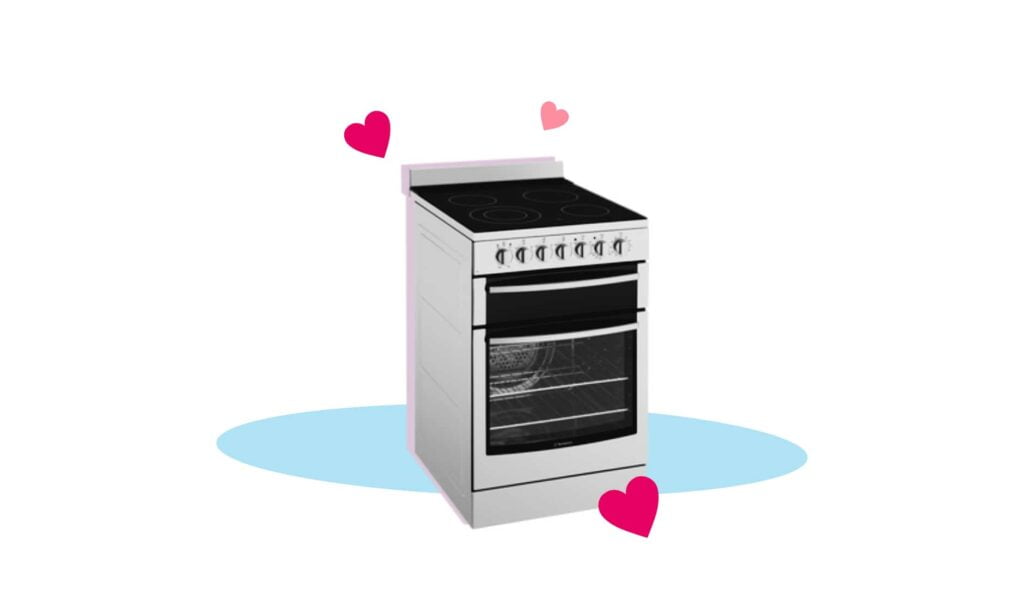
1. Cooking stoves
Charcoal stoked cooking stoves, which we used earlier, now seem antediluvian. They were inefficient and detrimental for health. The emission of harmful gases and particulate matter emission in the form of PM 2.5 had a deleterious effect on the pulmonary health. Among these deleterious gases, Carbon Monoxide is particularly dangerous. Carbon Monoxide has been observed to plummet the values of oxygen carrying Hemoglobin rapidly leading to Hypoxemia. These stoves were replaced by Liquified Petroleum Gas (LPG) fuelled stoves.
However, these stoves were also found to be inefficient as a lot of heat was wasted in the hot exhaust gases, which could not be recycled. These stoves also emitted Carbon Dioxide, which contributed to the greenhouse effect and global warming.
The solution has come with the introduction of electrical energy powered induction cooking ovens in our kitchens. The most significant advantage with these ovens is that the heating rate and the heating time can be tailored as per requirement, mitigating electrical energy wastage.
Further, these ovens are powered by electronic sensors, enabling them to switch off automatically when no load is present. The problem of clogging observed in LPG gas stoves is also not present in these induction ovens. Additionally, Electrical Induction Ovens have helped to mitigate Levelized Costs by reducing Variable Costs. They have also removed the hassles associated with cylinder refill or charcoal purchase.
2. Food mixers
High power mixers operating at very high rotational speeds help us to produce fine food batter in the blink of an eyelid. The older mixers used mechanical gears to obtain high values of rotational speeds. The problem of mechanical wear was rife with this mechanism. With the introduction of Variable Frequency Drives based mixers, we could obtain a high value of rotational speed without the use of mechanical gears, thereby eliminating the problems associated with them. We could reduce servicing costs and increase the life of the appliance.
3. Refrigerators
Further, refrigerators have augmented the shelf life of the perishable food items, particularly those containing a lot of water. These items were more prone to microbial growth. The older refrigerator versions we used had low Coefficients of Performance (COP), leading to unnecessary energy wastage. The modern refrigerators we use have high COPs, leading to an enhanced cooling effect at lower values of electricity consumption. The enhanced COP reiterates the philosophy that “Energy Saved is Energy Generated”.

4. Air conditioners
Another area which has witnessed revolutionary development is the area of heating, ventilation and air conditioning. As vast swathes of India fall within the Tropic of Cancer and the Equator and also within the SubTropical High Pressure Belts, India receives high solar insolation. This leads to high daytime temperatures during summers.
Air conditioners (AC) we use at our homes help to keep the scorching summer heat at bay and stave off ennui. Under normal summer conditions (when the AC is switched off), heat would flow from the hot surroundings to the cool room until equilibrium is obtained.
ACs use electrical energy to power compressors to defy that natural direction of heat flow. This ensures that heat is constantly rejected from the cooler room to the hotter surroundings.
The introduction of variable tonnage ACs has ensured that the cooling rate can be automatically varied with the number of persons present in the room i.e. depending on the amount of heat that is to be extracted per unit time, thereby optimizing energy consumption.
Additionally, features like High Torque Compressors and Active Dehumidifiers ensure indomitable cooling and dehumidification even in very hot and humid environments, where water coolers seize to operate efficiently. Further, windows with high selectivity ensure more energy transfer in the visible spectrum (light energy) and less energy transfer in the infrared spectrum (heat energy) during summer months. This helps to reduce the power drawn by air conditioners and lighting appliances.
5. Home lighting
Now, let us explore the electrifying innovations in the field of lighting. Earlier, lighting was done using Incandescent Lamps. In these lamps, a lot of energy was wasted in the form of heat. This wastage in the form of heat was reduced in Compact Fluorescent Lamps (CFL).
However, the heat loss was still significant. Blue Light Emitting Diodes (LED), which we presently use, have reduced this problem to a great extent by harnessing the band gap of semiconductor materials (Indium Gallium Nitride) very efficiently. This ensures high illumination and low heat emission at lower active electrical power consumption/wattage.
6. Inverter batteries
The modern Inverter-Battery Setup proves to be a stellar appliance during blackouts. It provides us with round the clock uninterrupted power supply. This is of particular significance for the elderly who require perpetual prop from medical equipment like Continuous Positive Airway Pressure (CPAP) and Oxygen Concentrators to maintain the normal flow of Oxygen in their bloodstreams.
The invention of voice controlled fans, lights and medical aids have made life easier for them, when they are infirm. The Inverter-Battery setup is also invaluable for the younger generations to achieve Work From Home (WFH) and Study From Home (SFH). The Inverter-Battery setup ensures Wi-Fi routers, laptops and smartphones can operate continuously without getting discharged. Over the Top (OTT) platforms like Netflix, Amazon Prime Video, Disney + Hotstar etc. have ensured that we can amuse ourselves by watching our favourite television shows and sports events sans rigid time constraints on our laptops and smartphones.
The utility of WFH, SFH and OTT was felt particularly during the period of the zoonotic pandemic COVID 19 as we were forced to manacle ourselves to the confines of our homes to prevent the pandemic from exacerbating.

7. Solar panels
Solar Photovoltaic Panels are now omnipresent throughout the globe. Solar panels have provided us the golden opportunity of contributing to the process of energy transition and becoming ingenious “Prosumers” instead of mundane “Consumers”.
This has allowed people to proudly promote the concept of Hybrid microgrids, Eco-friendly power generation technology, Decarbonization, Decentralization and Digitalization.
Nowadays, smart meters are available in our homes which easily help us monitor our instantaneous electricity consumption and Time of the Day tariffs.
These meters help us to plan when to charge our electric appliance, when to prepare food and when to perform other power intensive chores in a manner that our electricity bills are maintained at an optimum level.
8, 9 & 10. Transportation, cameras and drones
The concept of city transportation is also undergoing a radical shift. Polluting, boisterous and wear prone Internal Combustion Engine powered vehicles are being replaced by Plug-In Battery Electric Vehicles. The concept of gasoline and diesel refilling is slowly being replaced from the conventional concept of visiting petrol pumps to the concept of home based charging kiosks.
This has reduced the idling time in gasoline pumps, apart from providing a detailed indication of the State of Charge of our electric vehicles via mobile apps. This has ensured a hassle free charging process from the comfort of our homes.
CCTV cameras with Night Vision and interactive app based controls help to ensure uninterrupted surveillance of our homes irrespective of our actual location.
Drones are helping us to clean, disinfect and repair the inaccessible areas in our homes from the comfort of our rooms and with the click of a button.
Other machines & technologies to come
It is an inexorable fact that machines have become an inseparable part of our lives. They have undoubtedly augmented our standard of living and have made us dexterous, sagacious and productive. The persistently evolving nature of technology agglomerated with the fidelity and reliability of machines augurs well for the future of mankind.
Policies should be formulated by federal and state governments in a manner such that polluting technologies are discouraged via apposite mechanisms like Carbon Tax or Emission Trading Scheme.
The onus also lies on us to extol and hasten the adoption of eco-friendly technologies. This would harbinger the successful development and commercialization of technically efficient, economically viable and environmentally sustainable technologies and appliances.
These developments would be in line with the goals of the Paris Climate Agreement and ensure that the adage “Environment and Development go hand in hand” is upheld in both letter and spirit.
The Ultimate Guide to Caravaggio’s Nativity with Saints Lorenzo and Francesco
By Carla Pietrobattista
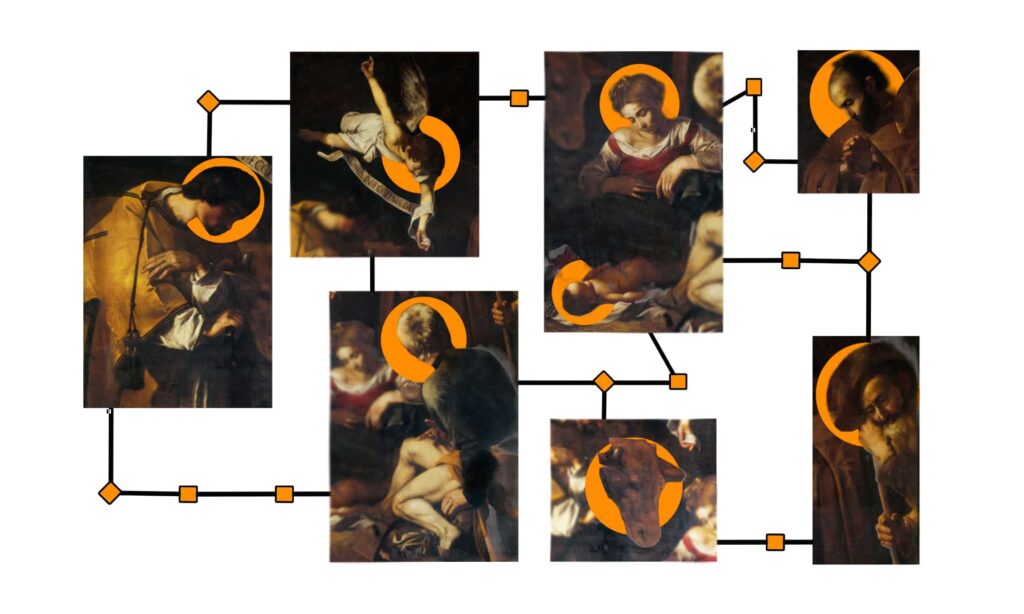
Painted during the 1600s and stolen in 1969, Caravaggio’s Nativity With Saints Lorenzo and Francesco is a master work that celebrates the sacredness of the moment without idealising its origins.
The Lost Nativity
The multiplicity of subjects and themes present in Caravaggio’s works allows me to continue talking about him, through his works, even in the period of the year when each of us could succumb to the easy temptation to choose discounted topics, through clichés. During the month of December we were constantly bombarded with images that create romantic and idealised suggestions. Despite the decidedly muffled atmosphere, I will try to talk with you about the nativity in art trying to maintain a critical, attentive and open attitude.
For a very long period of time almost all works of art were mainly focused on sacred subjects and themes. For this reason there are countless nativities that I could offer you, but as always I have preferred to share with you a profound emotion rather than in depth knowledge. Relying exclusively on my feelings and my personal taste, I chose to talk about a work by Merisi: the Nativity with Saints Lorenzo and Francesco, created by Caravaggio more or less in 1600.
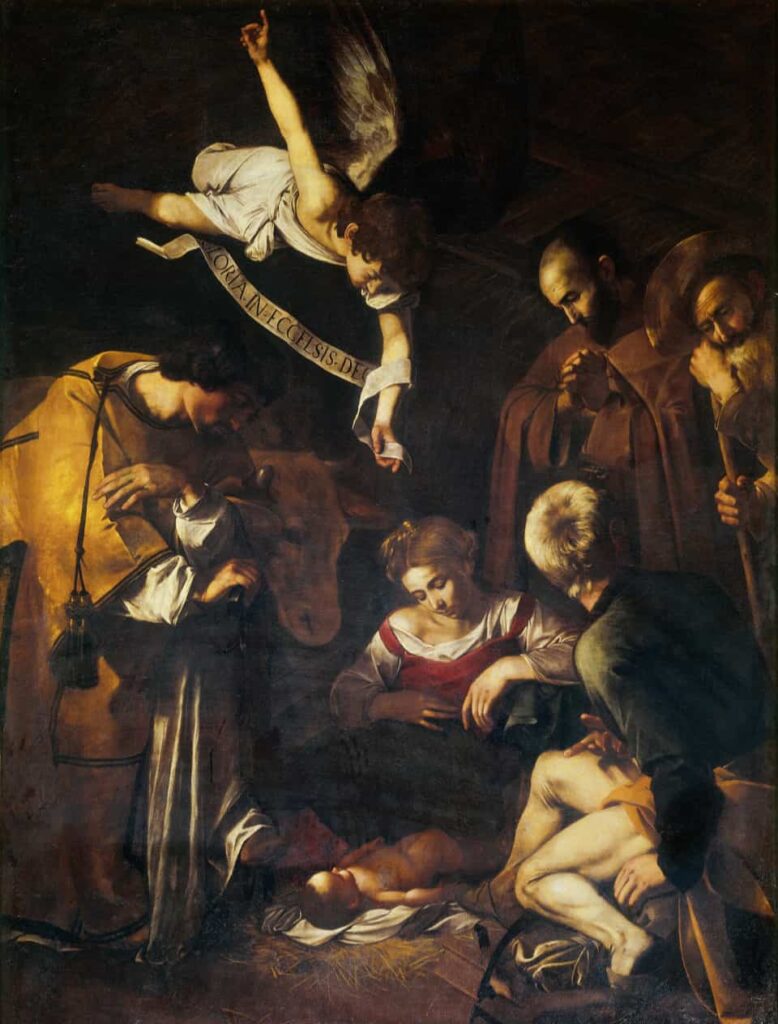
An emotional analysis: Nativity with Saints Lorenzo and Francesco
This canvas offers a vision of the nativity that manages to celebrate the sacredness of the moment without idealising its origins, and it does so through a construction of images and atmosphere, which I feel is close to my very personal idea and image of the nativity.
Merisi’s gaze has always been an attentive gaze to truth, to the essence, focused on the moment, devoid of arid decorative trappings. Like modern directors, Caravaggio’s narrative ability finds perfect spaces and faces for the story he wants to tell, narrating it through looks, expressions, poses, but above all through the perfect alternation between light and shadow.
These characteristics that I would define constant in his works, we also find in his nativity, an oil on canvas, therefore during the Roman period of the artist, for an oratory in the city of Palermo. This canvas, in addition to what I would define stylistic coherence, is the most “Caravaggesque” of all the master’s works because in a certain sense it traces his history.
In fact, the painting has suffered somewhat the same fate, in beauty and “inaction”, as its author. Just as Merisi disappeared from the Roman scene after committing a murder, so the canvas of the nativity in 1969 disappeared from the oratory that housed it following a commissioned theft.
But who commissioned the theft of the painting?
In reality this mystery is still ongoing. There are those who speak of theft carried out following an order from the mafia, who simply refer to the black market of works of art.
As in any self-respecting mystery, there are many hypotheses, but none have proved reliable, so much so that even today the Nativity of Caravaggio is among the most sought-after works in the world. Precisely for this particular situation, it will therefore be possible to talk about the canvas by referring only to the photographic material prior to the date of the theft.
The most evident aspect for me from the examination of the canvas is that each character present in the nativity seems to experience the event he is witnessing according to a completely personal yardstick. Every sensitivity, every personal awareness, is transmitted to us through a silent dialogue made up of looks, expressions and movements.
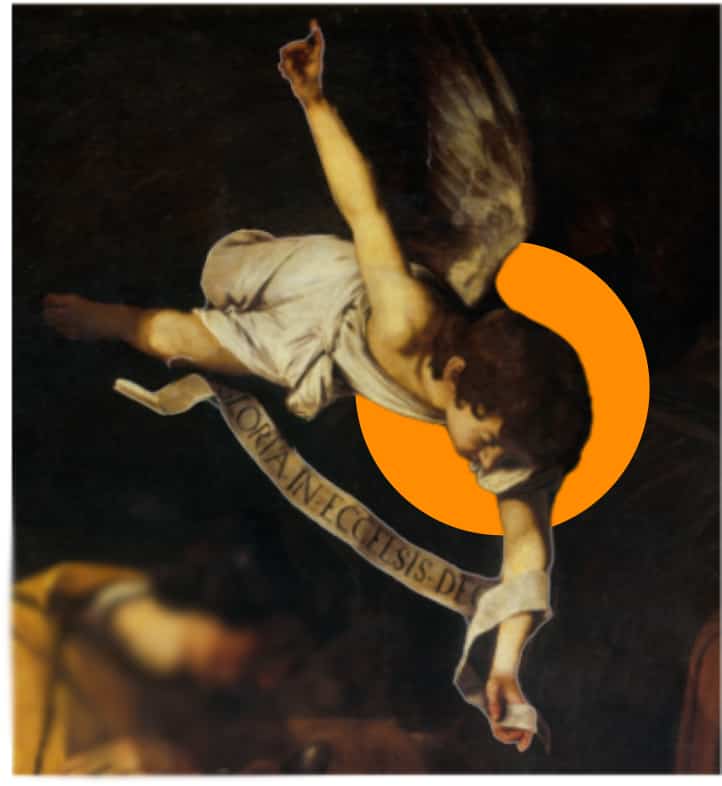
The Angel & his message
Looking at the canvas starting from the left at the top, we find an angel proclaiming glory through verses written on a cloth that the angel himself holds in his hands. The cherub is depicted in a particular pose, the position of his arms is not only linked to the functional need to create balance within the canvas; his right arm appears stretched upwards, his left downwards. This different inclination in addition to the scenic balance already mentioned, transmits to us the very purpose of the presence and message of the angel which is a symbol of God’s closeness to men.
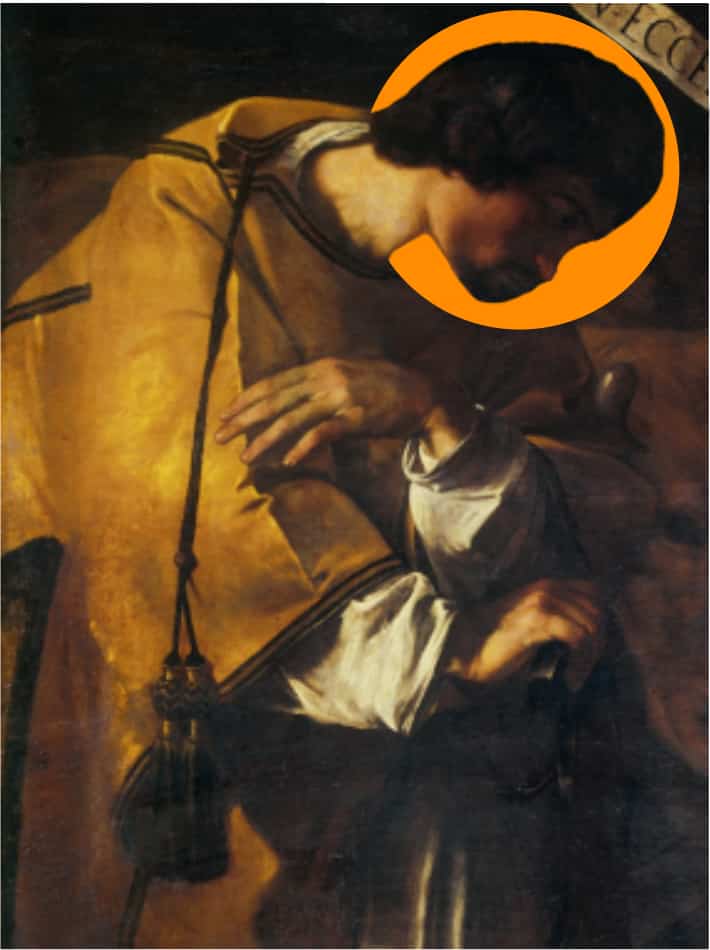
San Lorenzo
Still on the left but below, we find San Lorenzo, depicted inside the nativity because he is the owner of the Palermo chapel. The saint appears dressed in a golden religious robe, his gaze is turned towards the child Jesus. Lorenzo appears absorbed in his thoughts, in a meditation that is something more than simple prayer, almost an awareness made perceptible above all thanks to the play of light, as always, expertly orchestrated by Caravaggio.
While the mantle of the saint, directly illuminated, seems to light up until it becomes gold, the half-light envelops the face of the saint, an evident sign of the awareness of his future martyrdom (by fire); a foreshadowing that also transpires in the pose of Lorenzo who leans, almost to draw strength and support, towards the grill that will be the instrument of his death. The saint’s gaze is turned to the child Jesus, he observes him with tenderness and once again I underline with the same strong awareness, of which I spoke before, of their common destiny.
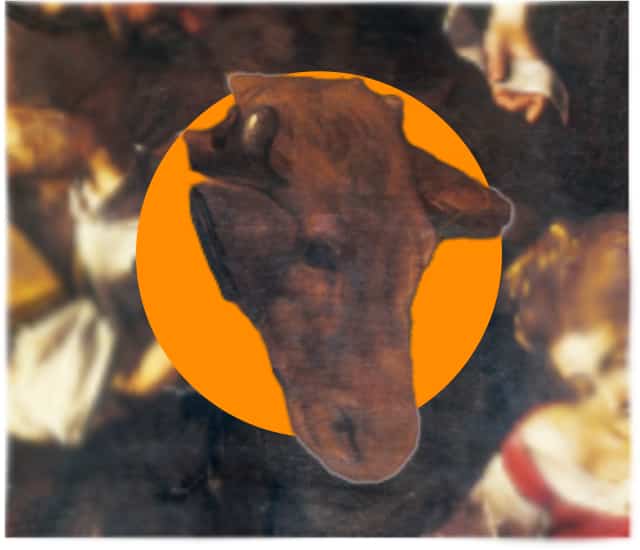
The ox and the donkey
Proceeding in the reading of the images next to Lorenzo we find the ox hiding the body of the donkey. The figure of the two animals, traditionally accepted within the nativity, is in most cases depicted behind the main characters. In our case, on the other hand, the ox is placed right next to San Lorenzo, as if to testify to the university of the message of the divine birth.
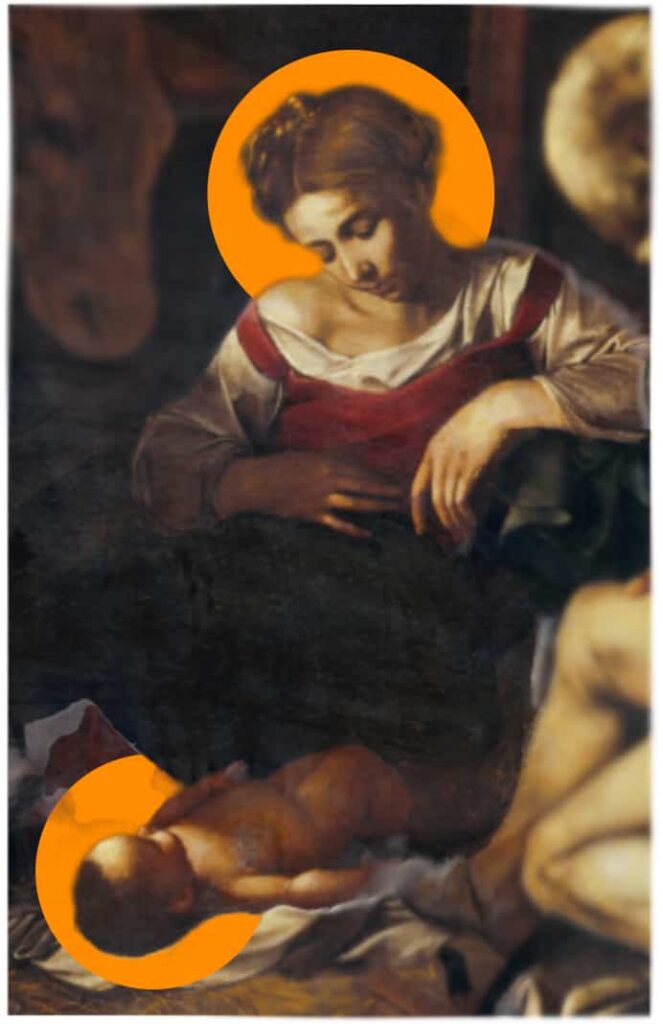
Mary and baby Jesus
At the centre of the scene, almost as if to divide the characters on the right from those on the left, we find Mary and the baby Jesus. The latter, lying on a sheet placed on straw, seems to observe the angel but above all seems to seek the gaze of his mother.
Although Mary is obviously present in the scene, she seems to be elsewhere. By carefully observing her image, in fact, you can notice that although the Virgin has her gaze turned downwards, she is not looking at the child, but at an unspecified point. Like Lorenzo, she seems to be meditating more than observing. She too is not living the present but the future, projected towards the destiny of her son.
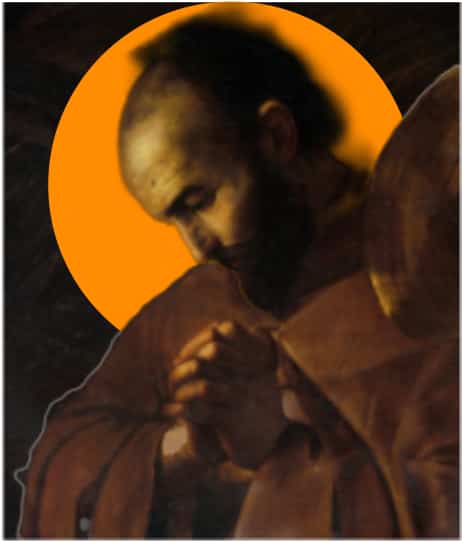
St. Francis
Behind Mary, absorbed in prayer, we find the image of St. Francis, according to tradition the first to have staged the nativity. Both St. Lawrence and St. Francis are inserted in the pictorial context of the canvas to satisfy the cult reserved for them by the faithful of the oratory. Observing the whole scene with a more “technical” than an interpretative gaze, we find a clear and precise line that can be traced by joining the three points represented by the heads of Jesus, Mary and Francis.
This line of inclination with the flight of the angel, contributes to the perfect balance of the represented scene. Every single character examined so far, shares a role in my introspective opinion, linked to a personal meditation that does not belong to the last two characters depicted on the right.
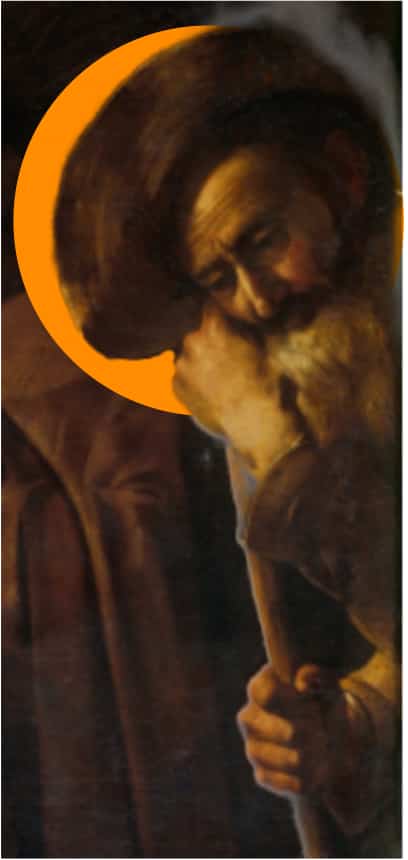
Is the mysterious man Fra Leone d’Assisi?
According to some, the elderly and bearded man represented in the upper right could be Fra Leone d’Assisi. I personally believe that this hypothesis is implausible, dictated more by the closeness to Francis than by the objective examination of the iconographic elements.
The man, although not completely visible, has a very different clothing from that of Francesco both with regards to style and fabric.
I believe that the hat and the stick with which he is provided identify him with one of the shepherds, who according to the scriptures, presented themselves in front of the Child after having listened to the good news of the angels.
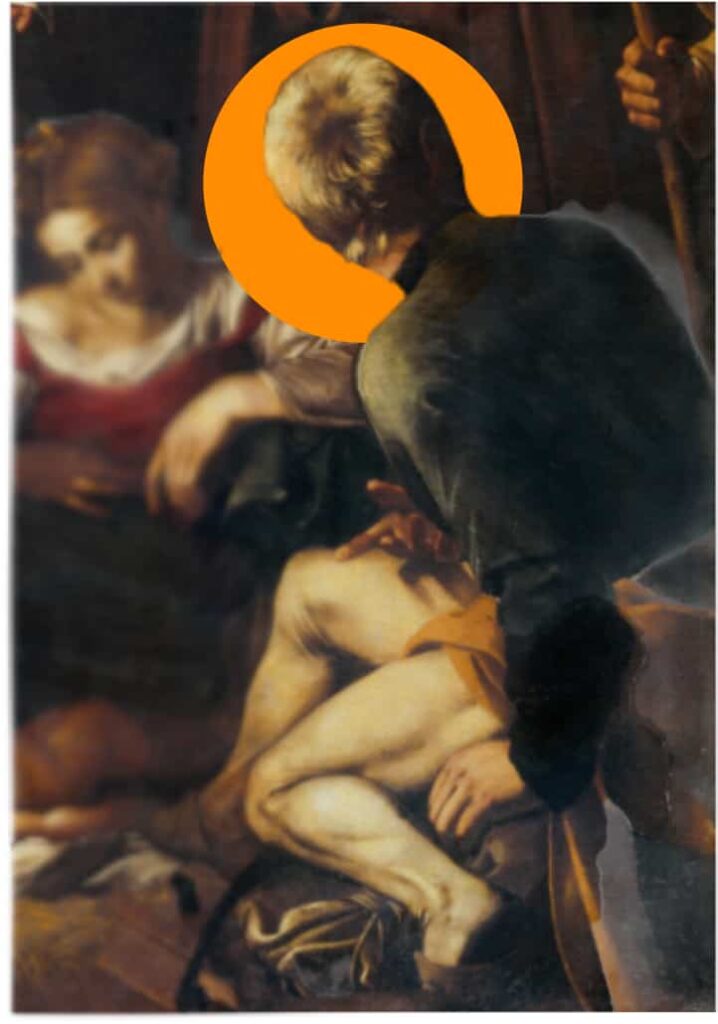
Saint Joseph
Among the various characters on the canvas, the one who most of all breaks the mould, is Saint Joseph, who in the work appears depicted at the bottom right, portrayed from behind, in the act of speaking to the shepherd behind him. Although Joseph’s face is not visible, his figure appears to be equally communicative and revolutionary.
The saint, despite being depicted with white hair, does not convey the same idea of old age present in almost all the works that portray him. In fact, Joseph’s body speaks to us of something else, his muscular legs, his broad shoulders are those of a strong, young man. The dynamic pose, reserved exclusively for him, conveys the idea of a muscular tension almost completely absent in the other subjects depicted.
This very different and new vision of Giuseppe is even more emphasised by the bright green colour of his robe, a colour that is rarely reserved for this character. The dialogue between Joseph and the shepherd is then completely compatible, in my opinion, with the artistic vision of Caravaggio. A vision that has always led him to choose the faces of his characters from among the humblest, offering them that dignity that society, the real world, too often denied them.
Read this article in Italian (Leggi questo articolo in italiano) →
Poems for a Better World
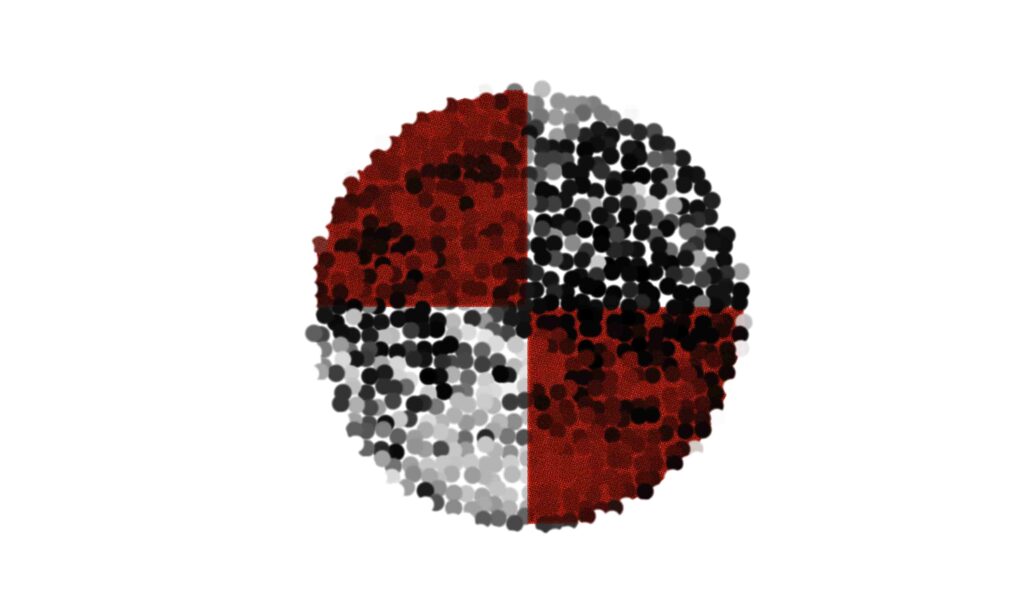
When People Gather by Ruby Goldenberg
The news is published everywhere
It tells us the world is in disrepair
Maybe you turn and pretend it’s not there
Maybe you consume the news in despair
Maybe you say that you’re not political
What a privilege you have, that’s not typical!
Things only seem to get worse by the day
Floods and plagues, corruption, decay
While thoughts and prayers might be a gesture
Stand up, be proactive or the problems fester
These are man-made issues and ours to undo
Where do we start? You haven’t a clue.
“Well there’s nothing that just I can do”
But what if your neighbour thought that too?
And their neighbour thought they didn’t matter
Changes happen when people gather
UN-aligned’s message is loud and clear
The earth is for sharing, all welcome here.
About Ruby Goldenberg
Senior Administrator of UN-aligned – Ruby is from the UK who has studied law.
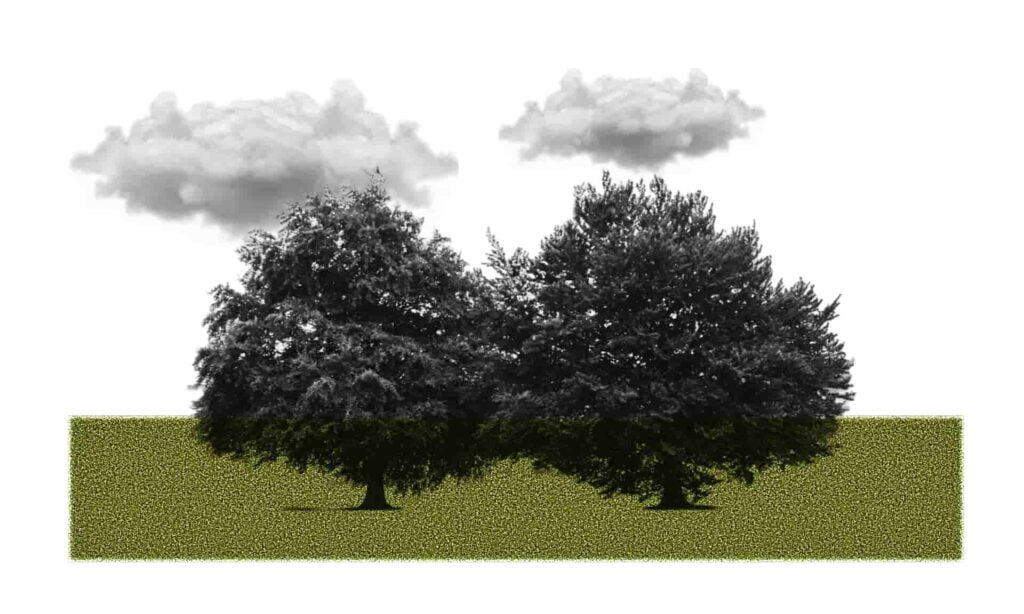
An Ode to Environmental Restoration By Partho Pratim Chatterjee
Human Beings since the onset of the Industrial Revolution have been obtuse,
The contemporary generation now finds the effects of global warming abstruse.
The pernicious effects of climate change are no longer covert,
Floods, droughts, and forest fires have now become rampant and overt.
The indiscriminate chopping of trees, which we would all agree,
Has pared the earth’s carbon sinks to a substantial degree.
It is high time that the words of the environmentalists are heard,
Or our next generations might not hear the chirp of a single bird.
Ingenious feeds need to be dished out to the cow,
Or methane may melt our glaciers now.
The global community needs to strive to make our earth affluent
And obliterate every single effluent.
We need to pay heed to Solar, Wind, and Hydrogen,
This will weed out pernicious pollutants and save every denizen.
Batteries and Hydrogen should power the car and ferry,
This will help the world make merry.
Villagers need to stave off cow dung, coal, and wooden stoves,
And replace them with electric ones to avoid woes.
Every individual needs to join the energy revolution by becoming prosumers,
The earth does not want mere consumers.
People should aspire for clean rivers and streams,
Waste sequestration technologies would surely help us to achieve our dreams.
Let us keep every element of our atmosphere clean,
Not a single respiratory ailment is to be seen.
Industrious efforts should be made towards coral accretion,
This would extirpate the ocean’s cruel attrition.
We should no longer procrastinate or digress,
Or else cataclysmic pandemics like COVID 19 would undoubtedly continue their ingress.
Chlorofluorocarbons have widened the ozone hole to trigger an apocalypse,
Using innocuous refrigerants could help us correct our lapse.
Arid nations should engender a green wall,
Desertification would be averted by this novel overhaul.
Assiduous efforts need to be exerted at all levels to prevent environmental vagaries,
Otherwise, we may soon end up in mortuaries.
Every cohort needs to exhibit sagacity,
Or our next generations would never absolve us for our audacity.
Each and every individual needs to indulge in environmental restoration with heart and soul,
This would prove to be a vital stepping stone towards achieving UN-aligned’s goal.
About Partho Pratim Chatterjee
Partho Pratim Chatterjee is a prize-winning engineer working with Aditya Bioinnovation Private Limited, Nagpur, India in the capacity of Co-Founder and Technical Advisor.
This poem was submitted during the 2021 UN-aligned poetry competition.
Christmas in Iran: Inside The 17th Century Iranian-Armenian Monastery of St. Amenaprkich (Vank Church) — In Pictures
By Anahita Ahmadi

Vank Cathedral is one of the largest historical and religious attractions of Isfahan. It is located in the centre of Isfahan, in the New Jolfa neighbourhood.
The monastery has played a significant role as the first cultural communication link between Armenians and Iranians. Vank Cathedral has been inscribed in the UNESCO World Heritage sites.
Here’s everything you may have missed in December 2021
By Adrian Liberto
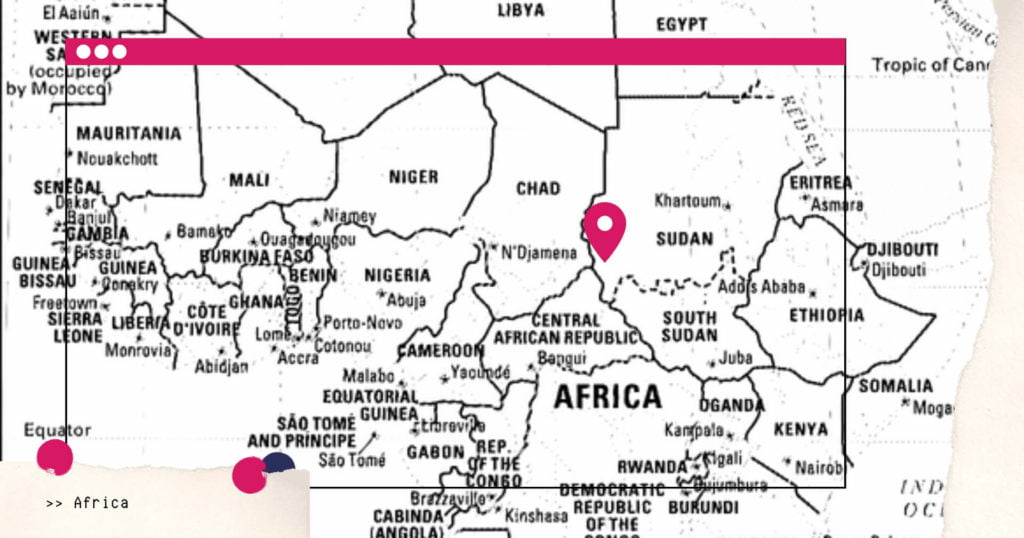
AFRICA
01.12.21: Democratic Republic of Congo. Ugandan troops have joined government forces in the DRC in order to coordinate attacks on the Allied Democratic Forces, an extremist group responsible for the slaughter of civilians.
02.12.21: Mali. Jihadist militants open fire on a bus transporting civilians, including women and children, killing over 30 passengers.
05.12.21: The Gambia. President Adama Barrow has won a second term with a comfortable margin of 53 percent; opponents, however, are disputing the results.
08.12.21: Burkina Faso. President Roch Kabore has fired Prime Minister Christophe Dabire in the wake of street protests at the country’s deteriorating security situation.
20.12.21: Egypt. Alaa Abdel Fattah, a political activist and a leading figure in the 2011 revolution, had been sentenced to five years in jail by an Egyptian court. Two other activists were also given four years each.
20.12.21: Nigeria. Authorities have reported that armed cattle thieves slaughtered 38 people in three separate attacks in the northern Kaduna state.
20.12.21: South Africa. The premier of the Eastern Cape province, Oscar Mabuyane, has called for those responsible for the deaths of 23 Xhosa teenagers who succumbed to dehydration or sepsis from circumcision linked to an initiation ceremony to be charged with murder. Many youths die during the rite, while many more end up having to undergo penile amputation.
26.12.21: South Africa. Nobel Peace Prize Laureate Archbishop Desmond Tutu has died aged 90. He was a veteran of South Africa’s struggle against white minority rule and never shied from reminding world leaders of their responsibilities.
26.12.21: Libya. The bodies of 27 migrants have washed up on the coast, although the exact number of those who drowned is not yet known.
27.12.21: Somalia. In a move that critics are claiming is an attempted coup, President Mohamed Abdullahi Mohamed has suspended the Prime Minister Mohammed Hussein Roble citing corruption as his reason for doing so.
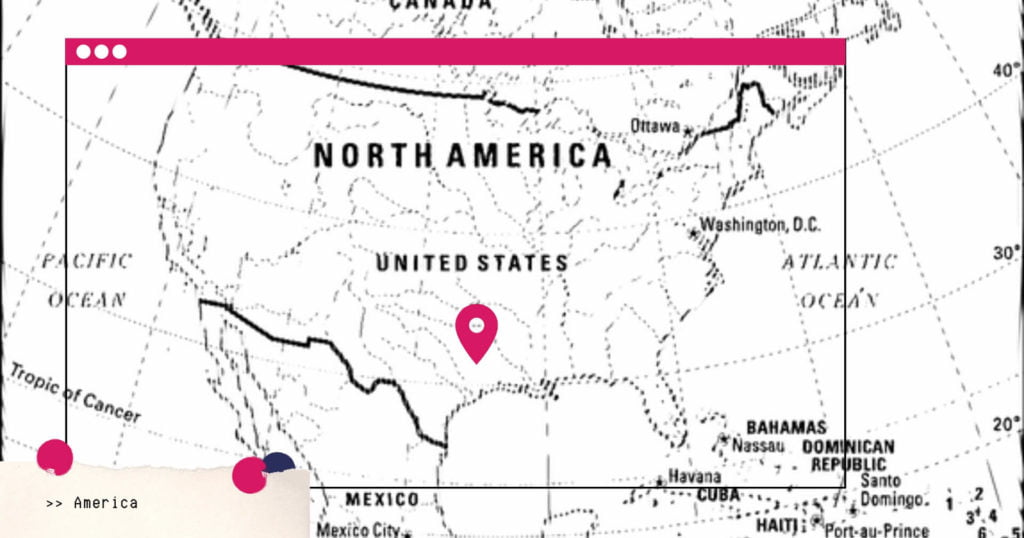
THE AMERICAS
01.12.21: Honduras. Leftist opposition candidate Xiomara Castro has emerged as the winner of the presidential election held on Sunday. She will become the first female leader of the country.
07.12.21: USA. Virtual talks between the US and Russia have left Russian President Putin with his starkest warning yet. The US made it clear that it would not stand by and watch Russia invade Ukraine. The threat came following Russia’s amassing of troops along its border with Ukraine in what is interpreted as a prelude to a full invasion.
07.12.21: Chile. Congress approved a bill to legalize same-sex marriage. The law will also enable same-sex married couples to adopt children.
10.12.21: Mexico. 55 people have been killed while many more have been injured after a truck packed with migrants crashed in southern Mexico.
10/11.12.21: USA. Deadly tornadoes referred to as “one of the largest tornado outbreaks in US history” ripped through several States causing massive destruction and scores of fatalities. Kentucky was particularly badly hit.
14.12.21: Haiti. Over 70 people have died after a fuel tanker crashed in the city of Cap-Haïtien and then exploded as people were trying to gather leaking fuel.
15.12.21: USA. Professor, author and activist, “bell hooks” (pen name of Gloria Jean Watkins) has died of kidney failure aged 69.
16.12.21: Haiti. The 12 remaining hostages that had been kidnapped two months ago have been freed. Authorities have not disclosed whether a ransom had been paid.
20.12.21: Chile. Leftist Gabriel Boric has comfortably defeated his far right rival and will become the country’s youngest president.
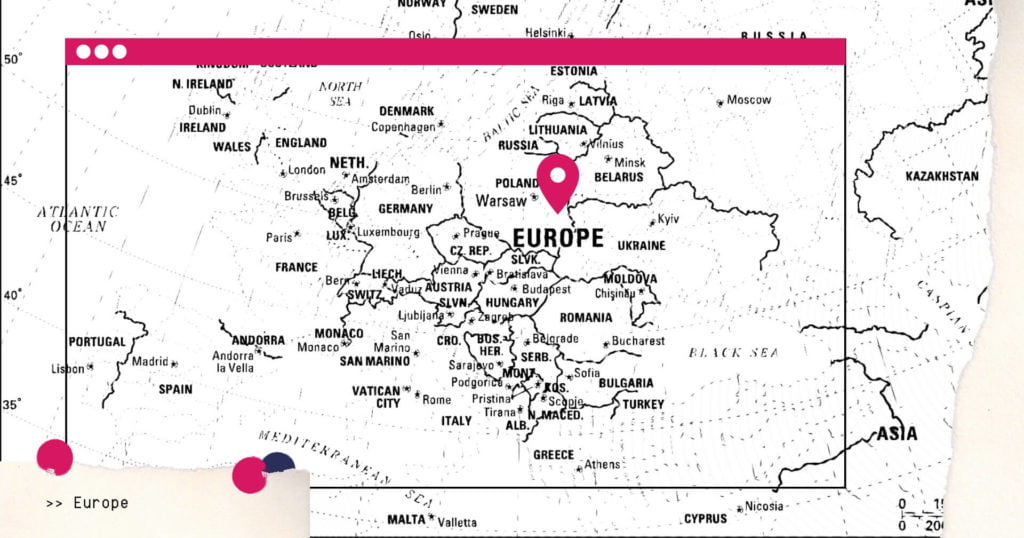
EUROPE
08.12.21: Germany. Olaf Scholz has succeeded Angela Merkel as chancellor after her prestigious 16-year tenure.
09.12.21: UK. Steve Bronski, a founding member of the spectacular trio band Bronski Beat, has died, aged 61.
09.12.21: Italy. Lina Wertmüller, the Italian film director and screenwriter has died in Rome aged 93. Wertmüller is one of only two female directors to have ever received an Academy Honorary Award.
10.12.21: UK. A court in London has ruled that WikiLeaks founder Julian Assange can now be extradited to the US to face treason charges. A previous ruling had blocked extradition on the grounds that he could have become a suicide risk if transferred to the US.
15.12.21: Belarus. Opposition leader Sergei Tikhanovsky has been sentenced to 18 years in prison in a sham trial. Speaking from her exile in Lithuania, his partner, Svetlana Tikhanovskaya, vowed to continue the battle against the dictatorship.
20.12.21: France/UK: French and UK authorities are being sued by Utopia 56, an NGO, for manslaughter in relation to the 27 migrants who drowned on the 24th of last month as they were trying to cross from Calais to England. Despite having received distress calls, both authorities just kept batting responsibility across the channel until a fishing vessel reported dead bodies in the water. Women and children were among the victims.
28.12.21: Russia. The human rights organisation Memorial International, Russia’s most prominent NGO has been shut down by the Supreme Court.
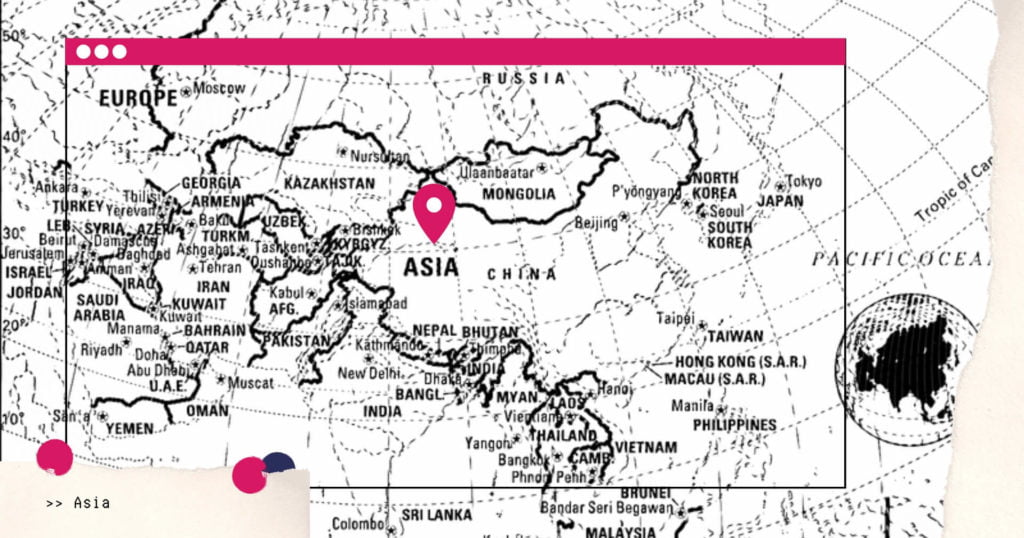
ASIA
01.12.21: Iraq. A court in Frankfurt, Germany has sentenced Taha al-Jumailly, a former member of the Islamic State in Iraq, to life in prison for committing genocide against the minority Yazidi community.
01.12.21: China. The Women’s Tennis Association has halted events in China over concerns for the safety of tennis player Peng Shuai. Peng had disappeared for about two weeks after having accused a government official of sexual abuse in November.
04.12.21: Indonesia. Dozens of people are feared to have died following the eruption of Mount Semeru on the island of Java. Thousands are having to abandon their homes which are threatened by lava and hot ash.
06.12.21: Myanmar. Aung San Suu Kyi has been sentenced to four years in prison by a military court for incitement and breaking Covid restrictions. The 76-year-old, who was overthrown by the army in February, faces several more cases levelled against her by the regime. Meanwhile the security forces are continuing to slaughter unarmed protesters.
08.12.21: India. The country’s Chief of Defence, General Bipin Rawat and his wife have died in a helicopter crash in the southern State of Tamil Nadu. 11 other people also died in the crash, the cause of which is still being investigated.
16.12.21: The Philippines. Super typhoon Rai has made landfall causing massive devastation and loss of life.
17.12.21: Japan. 27 people have died in a fire in a commercial building housing a mental health clinic in Osaka. The police suspect arson as a man in his 60s was seen spilling an unidentified liquid just before the blaze.
20.12.21: The Philippines. As the body count continues, the death toll from last week’s typhoon is approaching 400. Thousands of people are still unaccounted for.
20.12.21: Hong Kong (China): Pro-Beijing candidates have won the Legislative Council election after a record low turnout. Genuine opposition candidates were barred from running.
20.12.21: China. In a spectacular volte-face that serves to highlight how sinister Xi’s China is becoming, tennis champion Peng Shuai, who had disappeared for 18 days after having claimed she was sexually assaulted by Zhang Gaoili, a top government official, is now denying that she had said anything at all.
23.12.21: Hong Kong (China): A monument to the 1989 victims of Tiananmen Square massacre was removed from a university in a further crackdown on the territory’s freedoms.
24.12.21: Bangladesh. About 40 people have died and 70 have been injured as a packed night ferry caught fire in the south of the country.
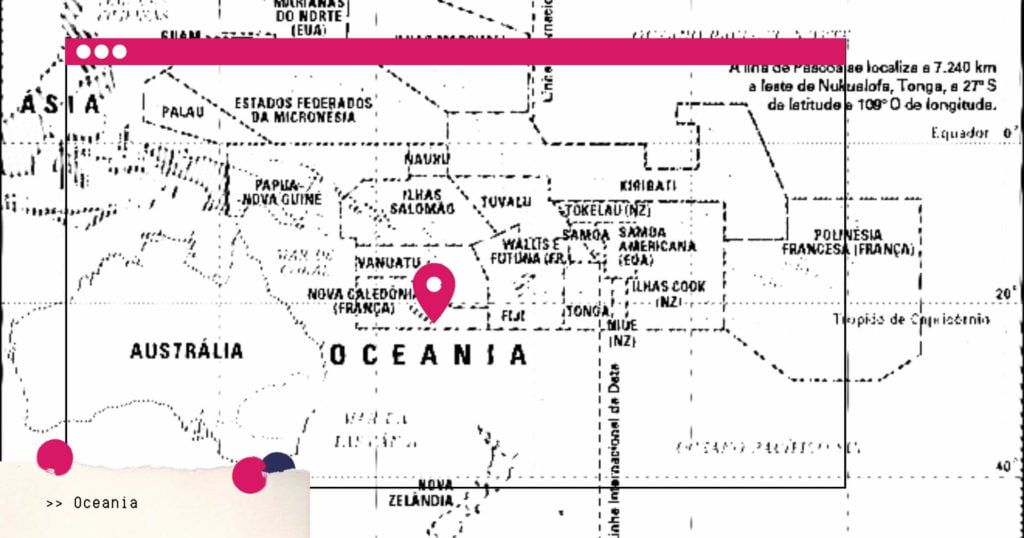
OCEANIA
05.12.21: Solomon Islands. Prime Minister Manasseh Sogavare has survived a no-confidence vote following the unrest that is linked to his ditching of Taiwan in favour of China. At least four people died in the riots and New Zealand had to send troops to help quell the clashes.
12.12.21: New Caledonia (France). Residents of the Pacific territory have voted to remain part of France in a third and final referendum of the consultation period, with 96.49% in favour of remaining a part of France. Many separatists, however, boycotted the vote.
NATO
02.12.21: At a meeting of NATO foreign ministers in Latvia’s capital Riga on Tuesday and Wednesday, Secretary General Stoltenberg warned that Russian aggression against Ukraine would “come at a high price”. Tension is mounting because Russia is amassing its troops at its border with Ukraine.
